Few backyard features delight birds and humans quite like a well-planned duck pond, yet many keepers struggle with murky water, high upkeep, or lurking predators. Over the past decade designers, homesteaders, and extension agents have refined a toolkit of techniques—from solar pumps to floating wetlands—that transform a simple hole into an efficient, self-cleaning habitat. The following twenty ideas distil those lessons into practical, stand-alone upgrades you can mix and match for any climate, budget, or flock size. Each concept highlights tangible benefits—lower costs, healthier water, safer birds, and richer gardens—so you can pick the strategies that resonate and start improving your pond this weekend.
1. No-Dig Raised-Bed Duck Pond on a Shoestring
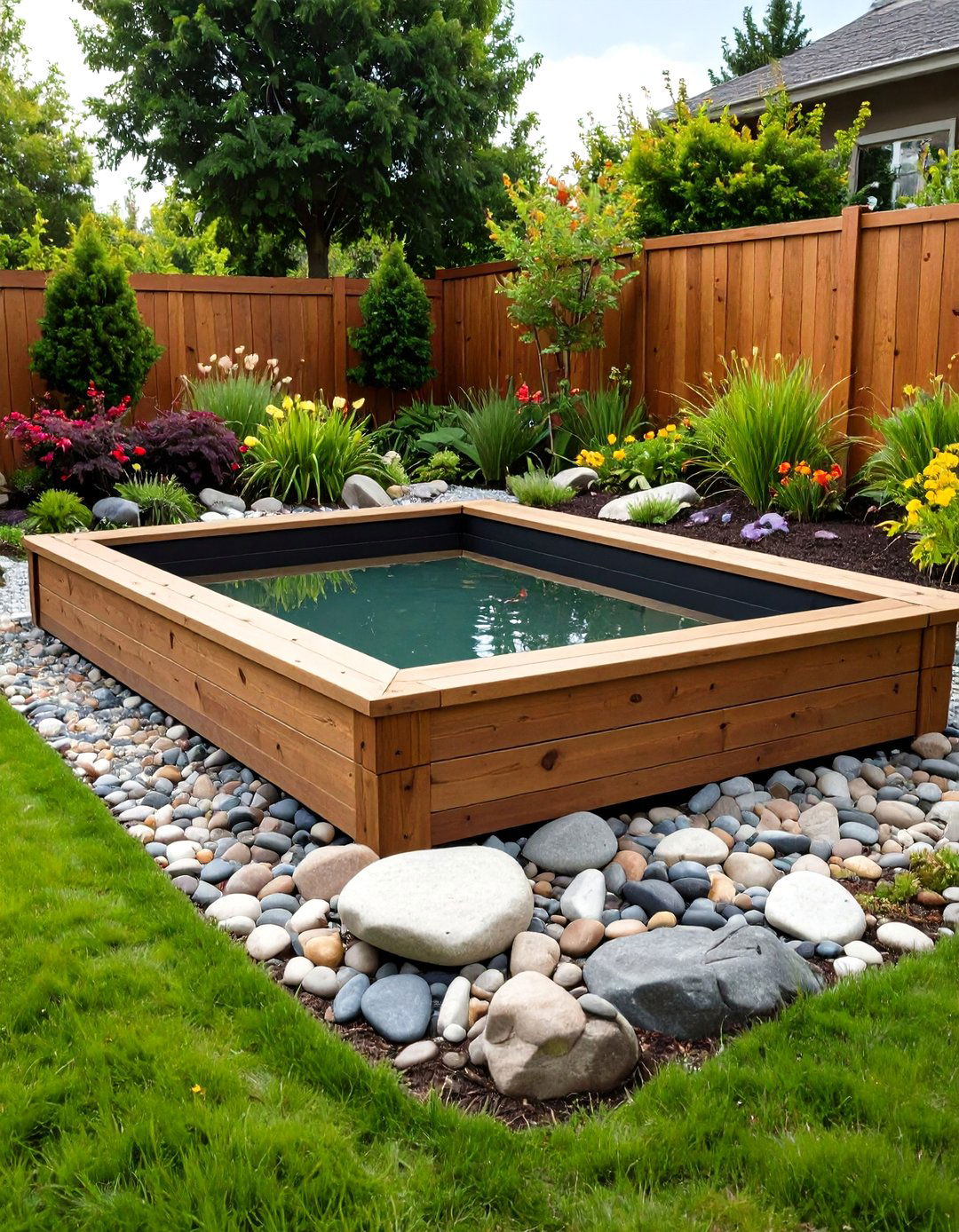
A no-dig approach to creating a duck pond can save both your back and your budget. Begin by positioning a sturdy pre-formed raised-bed frame or stacked landscape timbers on level ground, then line the cavity with heavy-duty liner and soft underlayment to prevent punctures. Fill the basin, checking that walls remain square, and top the rim with smooth river stones so curious bills won’t shred the liner. Owners who followed this method spent less than seventy dollars by re-using scrap lumber and a recycled tarp, yet still achieved a leak-free pond deep enough for splashing and preening.
2. Gentle Sloped-Entry Duck Pond for Universal Access
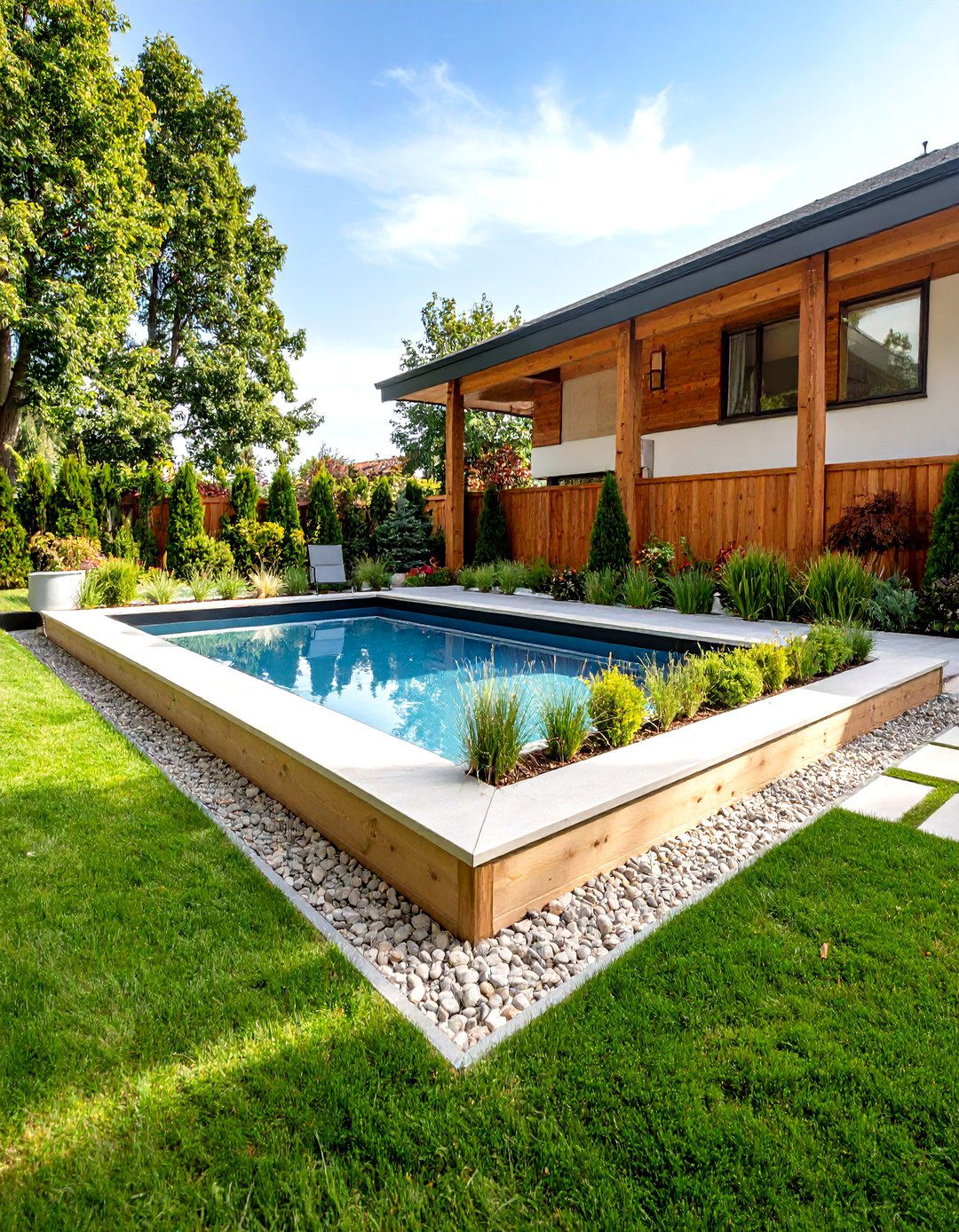
Unlike rigid concrete basins, a gentle sloped-entry duck pond welcomes waddlers of every age and mobility level. Excavate to form a beach-like gradient no steeper than 3 : 1, compact the subsoil, and drape a liner before anchoring it with turf or cobbles. The gradual transition lets birds walk in to sip, forage, or bathe without scrambling, and also acts as an escape ladder for ducklings. Because soil meets water in a generous littoral shelf, marginal plants such as pickerel-weed or soft rush can root along the shoreline, stabilising earth and filtering droppings before nutrients drift deeper. Guides on safe exits pair the slope with a low-profile ramp so even heavy breeds can haul out easily.
3. Solar-Powered Filtration for an Off-Grid Duck Pond
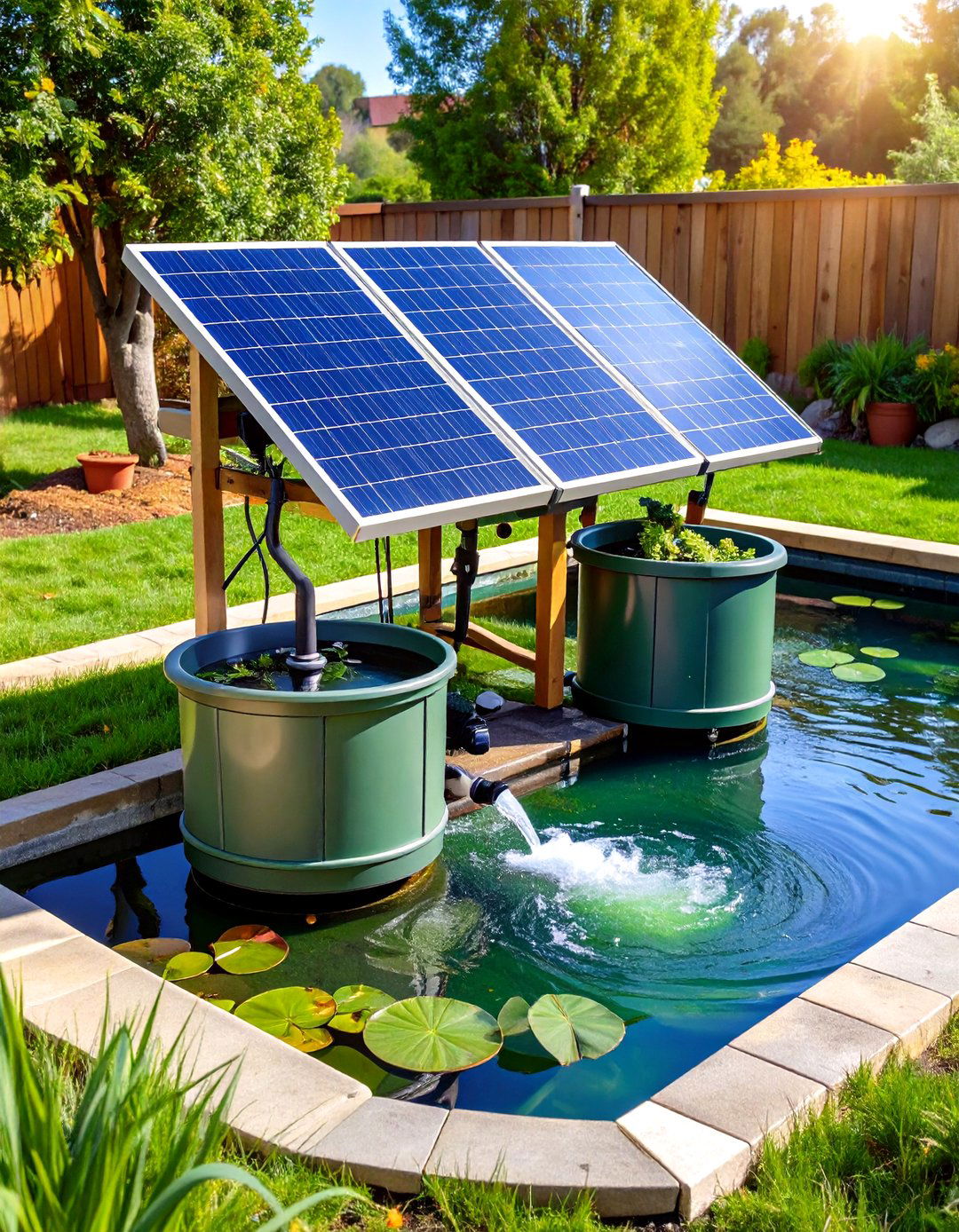
To bring filtration off the grid, a compact solar pump can cycle a small duck pond without adding to the utility bill. Mount photovoltaic panels in full sun, run DC cable to a solids-handling pump sized to turn total volume at least twice per hour, and route water through a bio-bucket packed with coarse media. Keep wiring above waterline and add a modest battery bank if you want night-time circulation. Hobbyists report that a 30-watt panel with a 410 GPH pump keeps a six-by-eight-foot pond clear enough to see the bottom through summer.
4. Floating Duck Pond House with Predator Deterrent

Surprisingly, predator safety starts with giving ducks somewhere to sleep in the middle of the water. Build a lightweight floating house, seal it with nontoxic paint, and anchor it with a swivel line so winds never wrap the tether. Adding a flashing red solar light to the roof discourages raccoons, foxes, and owls that dislike sudden illumination. Keep the entrance just large enough for waterfowl and raise it above splash level to stay dry. Flock owners who installed floating shelters recorded fewer overnight losses within the first week.
5. Rain-Harvested Duck Pond That Refills Itself
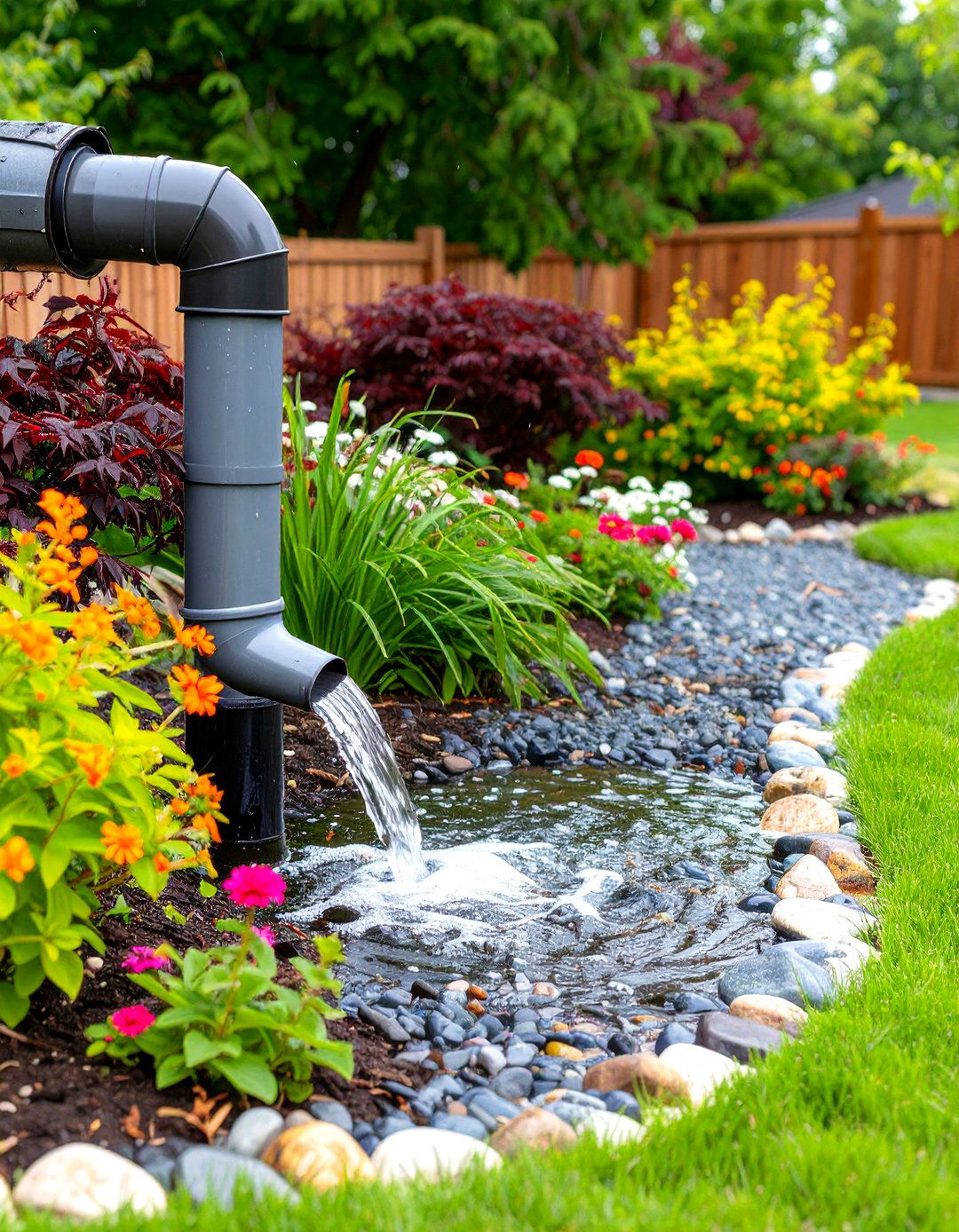
Consider harvesting the sky by directing gutter downspouts into a rain-fed duck pond. A modest depression the size of a king-size bed holds more water than a barrel and spares your well on hot days. Fit the inlet with a leaf screen, add a gravel forebay to trap sediment, and oversize the outflow pipe so flash storms never flood the run. Permaculture keepers route overflow through a swale, feeding trees with nutrient-rich duck water while preventing erosion. The system refills automatically after storms, trimming refill chores to a few dry weeks each year.
6. Clay-Sealed Duck Pond with Zero Liner Costs
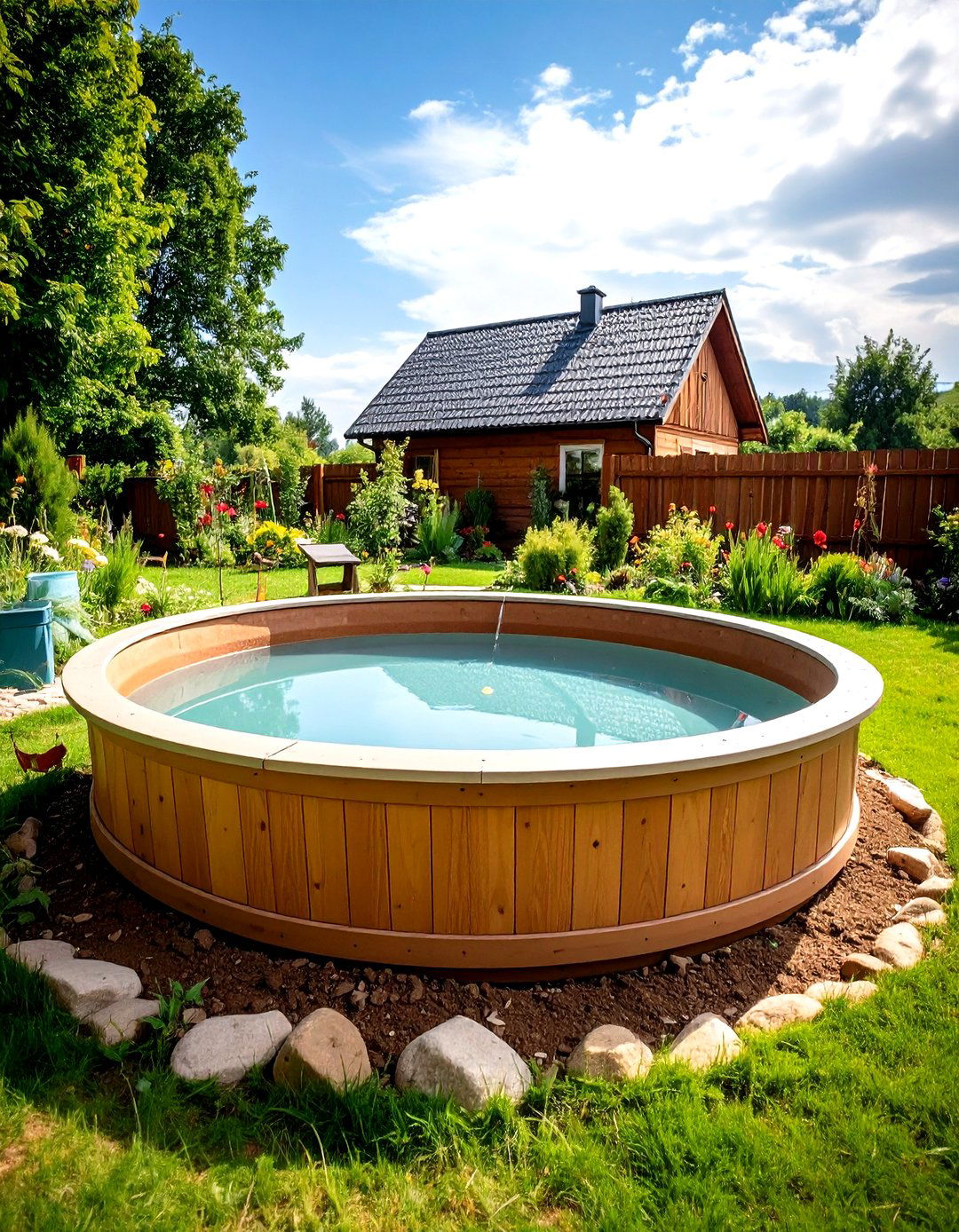
For sites blessed with heavy clay, skip liner expense and let geology do the sealing. Dig to depth, then compact the bottom until it shines; persistent puddling creates a natural watertight crust. Clay-lined duck ponds lose less water to punctures, adapt to irregular shapes, and age into a soft shore where dabblers sift for grit. Builders on clay have maintained stable levels for years without synthetic membranes, provided hoofed livestock are kept off the banks. Seasonal top-ups may still be needed during drought, but seepage remains minimal.
7. Waterfall Biofilter Boosts Duck Pond Clarity
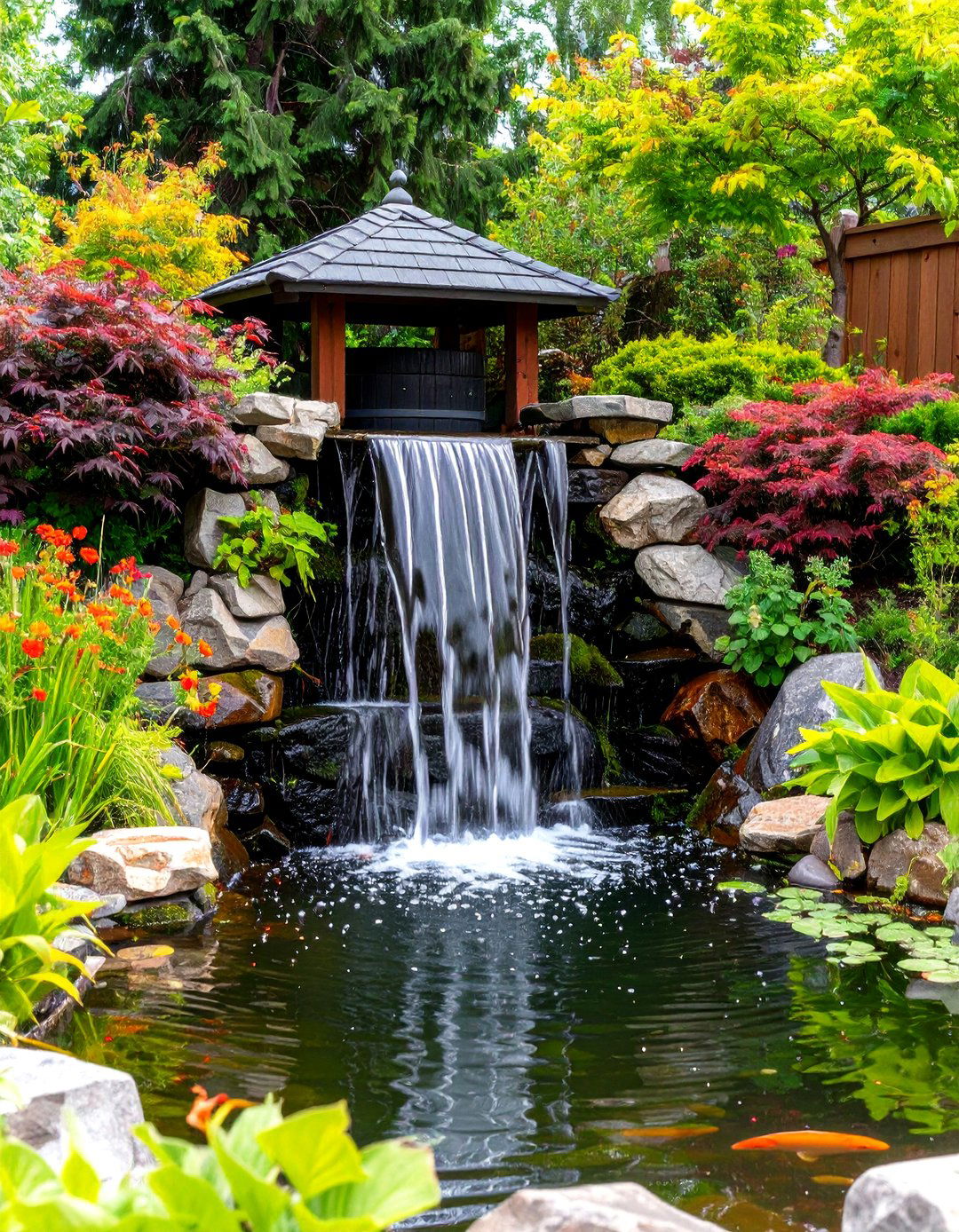
By adding a gravity-fed waterfall biofilter, you turn a duck pond’s dirtiest enemy—waste solids—into bacteria colonies that cleanse the water. Pump from the pond into an elevated barrel layered with lava rock, coarse matting, and shade-tolerant plants, then spill water back down a stone cascade. The motion oxygenates, cools, and polishes the pond several times an hour. Experienced builders favour high-flow pumps capable of handling feathers and food scraps; a 2,900 GPH unit suits most backyard flocks. Clearer water and reduced algae often appear within days of startup.
8. Floating Wetland Islands Clean Your Duck Pond
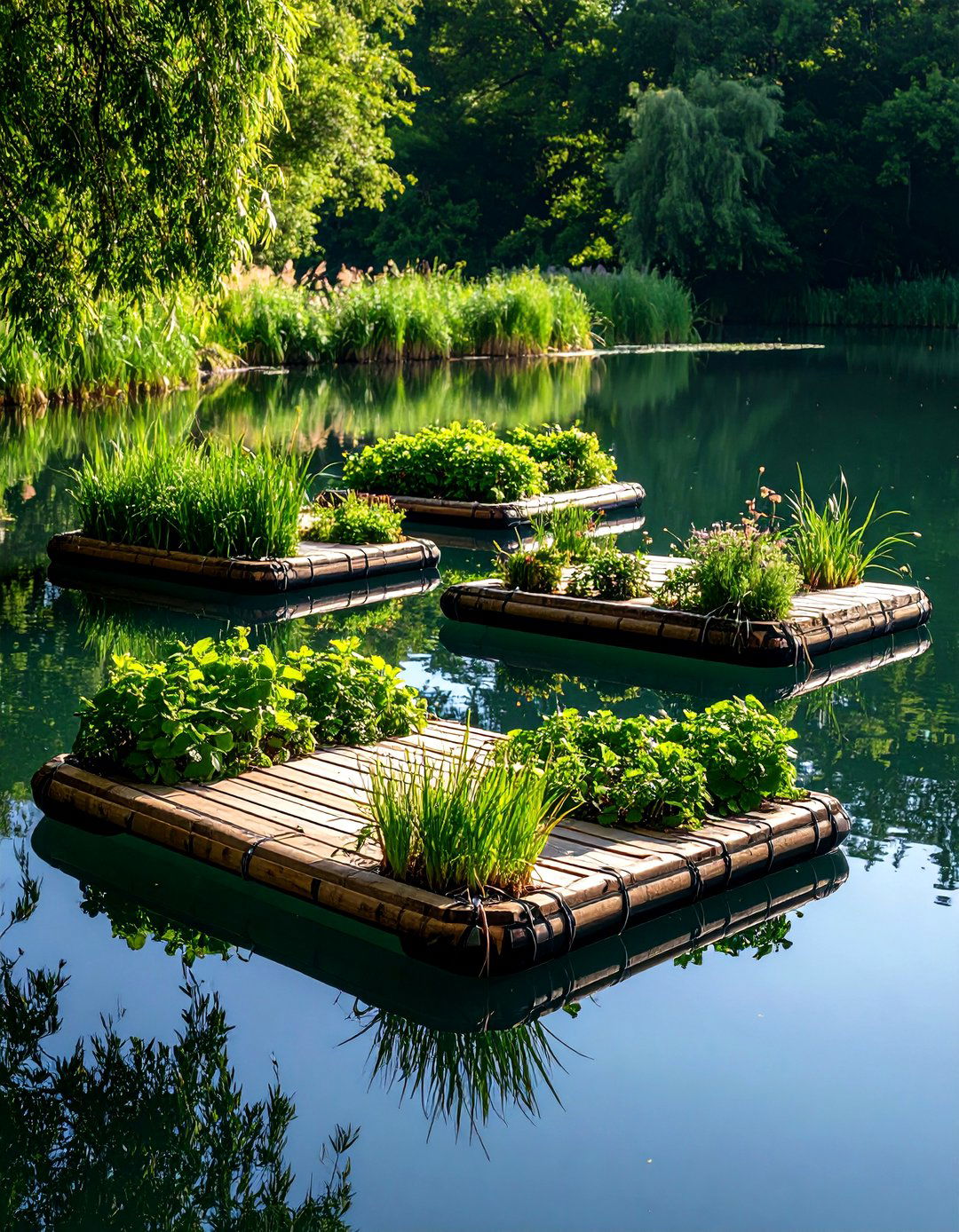
Floating treatment-wetland islands give a duck pond its own miniature marsh that works while you relax. Assemble buoyant rafts, plant them with cattail, sedge, or water mint, and let roots dangle into the water column. The mats intercept excess nitrogen and phosphorus, clarify the water, and provide shaded refuge for wildlife. Conservation groups report that nutrient removal dramatically increases clarity and reduces odour without chemicals; a single one-square-metre island can process dozens of grams of nutrient weekly in summer.
9. Resilient Planting Plan for a Living Duck Pond
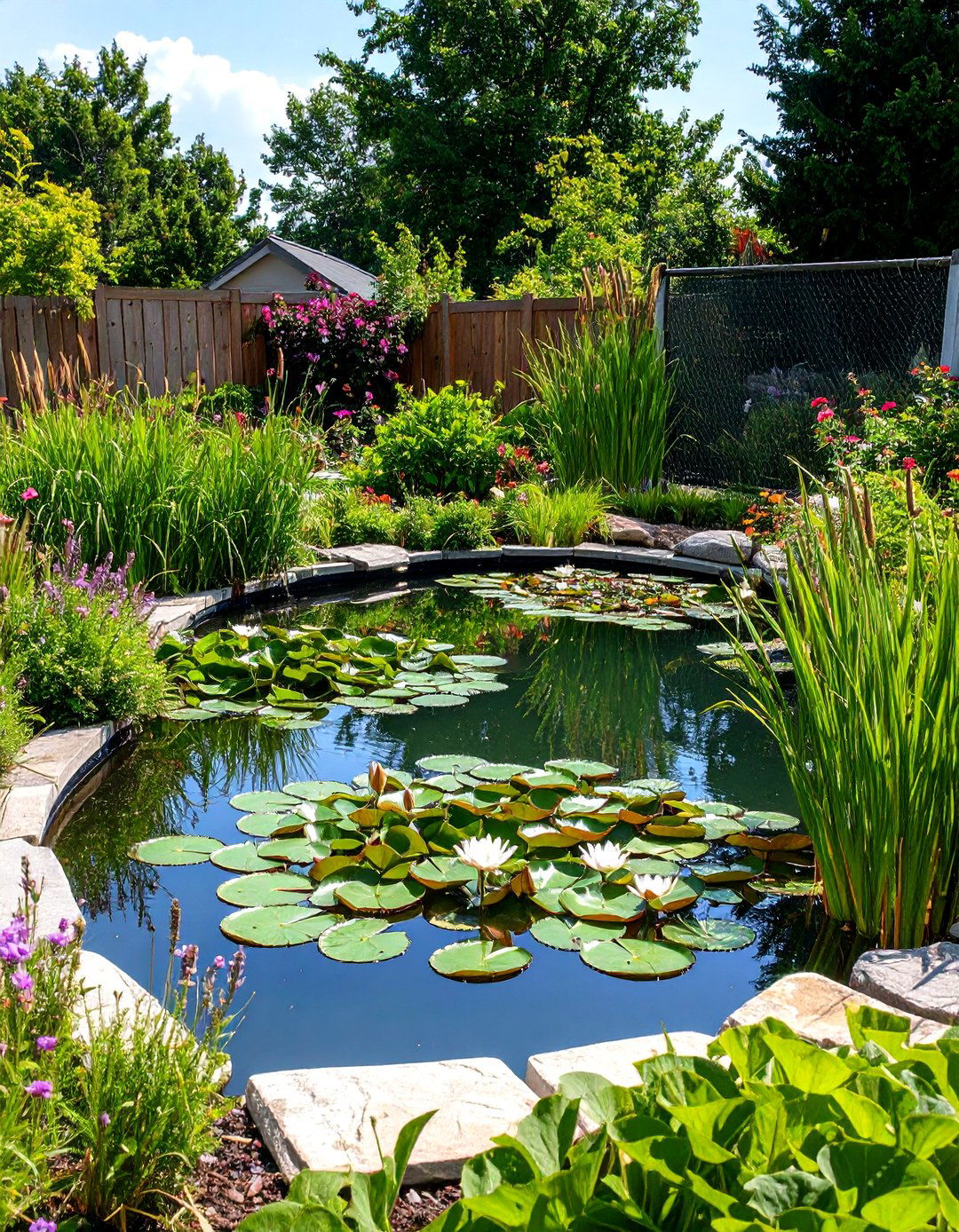
Selecting hardy, duck-tolerant plants transforms a pit into a living duck pond ecosystem. Water lilies shade the surface, parrot feather oxygenates, while cattails and rushes stabilise banks and shelter insects the birds relish. Keep delicate species in caged planters so bills cannot uproot them. Experienced keepers partition a planted “refuge bay” behind mesh that allows water exchange but blocks nibblers; this preserves greenery even in compact ponds. Weekly pruning of floating mats prevents anoxic die-offs and channel clogs, and plant baskets weighted with pea gravel anchor roots while letting you reposition specimens with shifting sun patterns.
10. Above-Ground Stock-Tank Duck Pond You Can Move
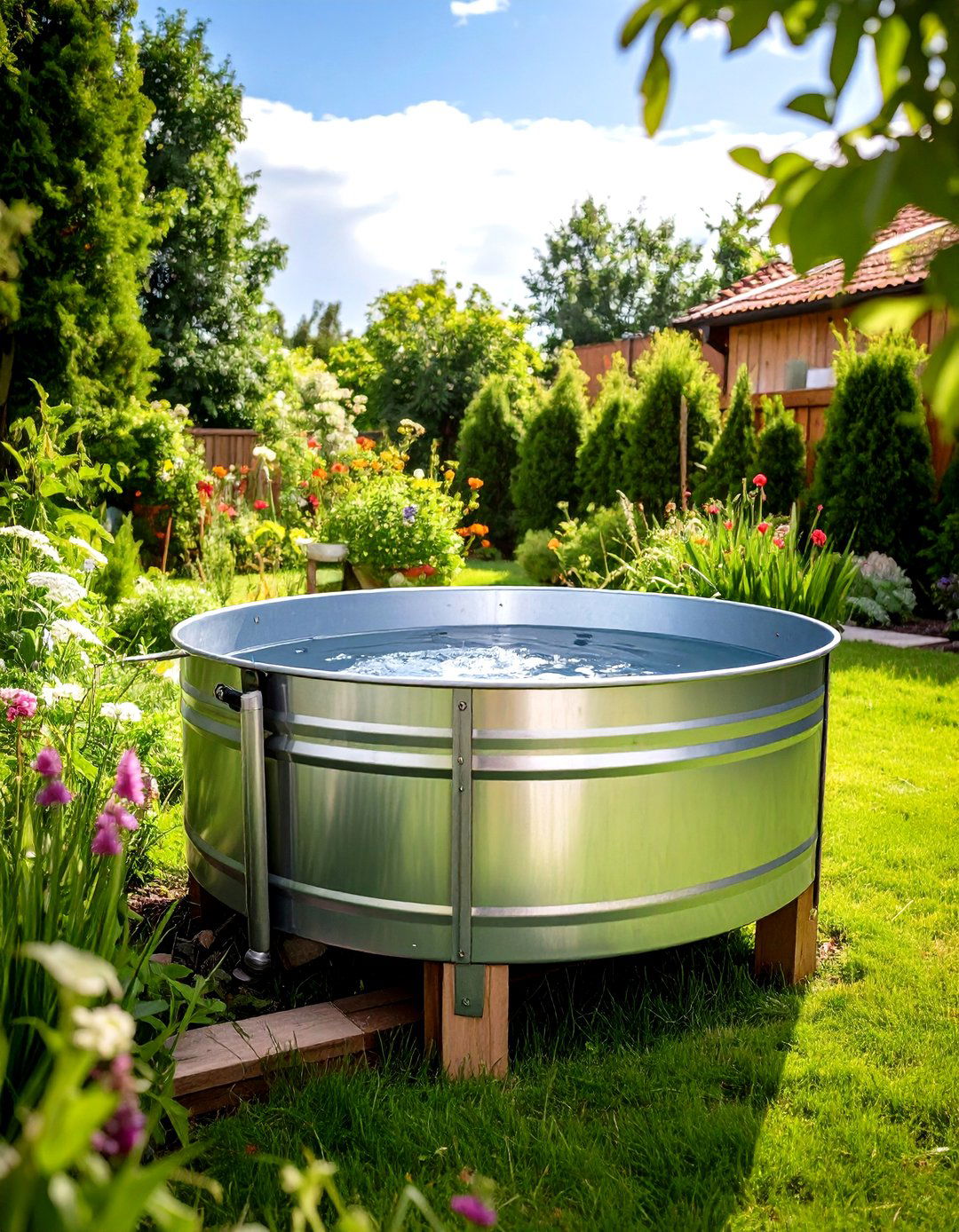
An above-ground stock-tank duck pond sets up in an afternoon and can be relocated as needs change. Choose a galvanized or high-density polyethylene trough at least two feet deep, scrub with vinegar, and file any sharp rim edges. Install a bulkhead drain for quick water changes or to gravity-feed garden beds. Because the tank walls rise above ground, predators find it harder to lunge, and toddlers need a step stool, adding passive safety. A painted exterior or cedar cladding helps the tank blend into landscaping.
11. Aerated Duck Pond to Beat Algae Naturally
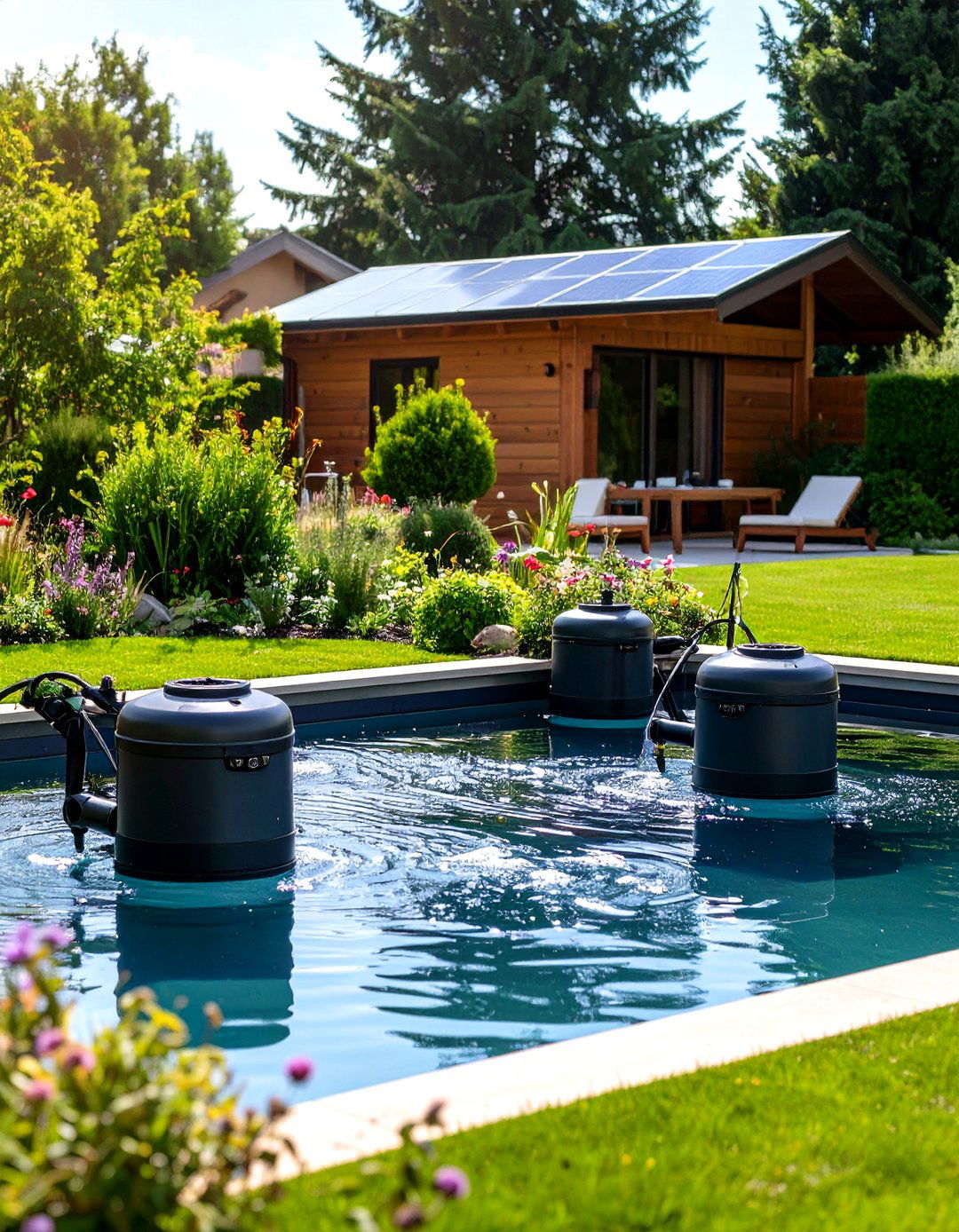
With stagnant water off the table, a simple aerator becomes your algae insurance policy. A diaphragm or piston air pump in a weatherproof box sends bubbles through weighted hose to diffusers on the pond floor, lifting waste for the skimmer and boosting dissolved oxygen for microbes. Extension studies show healthy oxygen levels curb fish kills and speed manure breakdown, allowing longer intervals between full clean-outs. Budget-minded keepers adapt solar aerators when grid power is distant, pairing them with extra-large diffusers for the heavy bioload of ducks.
12. Child-Safe Duck Pond Fencing and Barriers
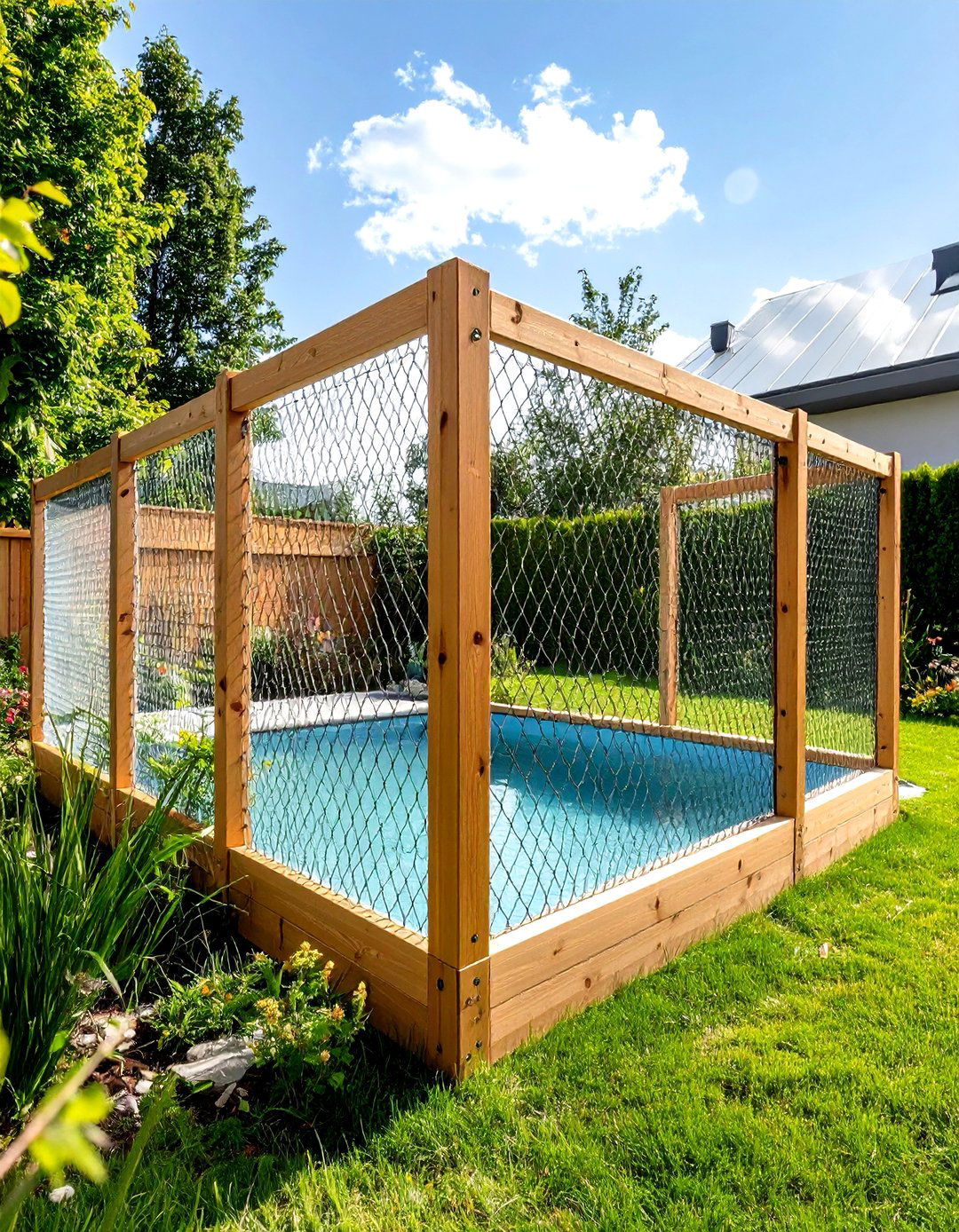
Parents often overlook how irresistible a sparkling duck pond is to toddlers. Safety experts urge installing a fence at least 1.2 metres high with a self-closing, self-latching gate beyond a child’s reach. Mesh panels or pool-code vertical bars prevent climbing while letting you watch your flock. Where regulations lag, tragic accidents have prompted renewed calls to mandate barriers around ornamental water features; proactive fencing shields families from grief and potential fines. For ponds inside play areas, adding steel mesh just below the surface creates a secondary walking grid that stops inadvertent slips.
13. Traction-Enhanced Ramp for Duck Pond Access
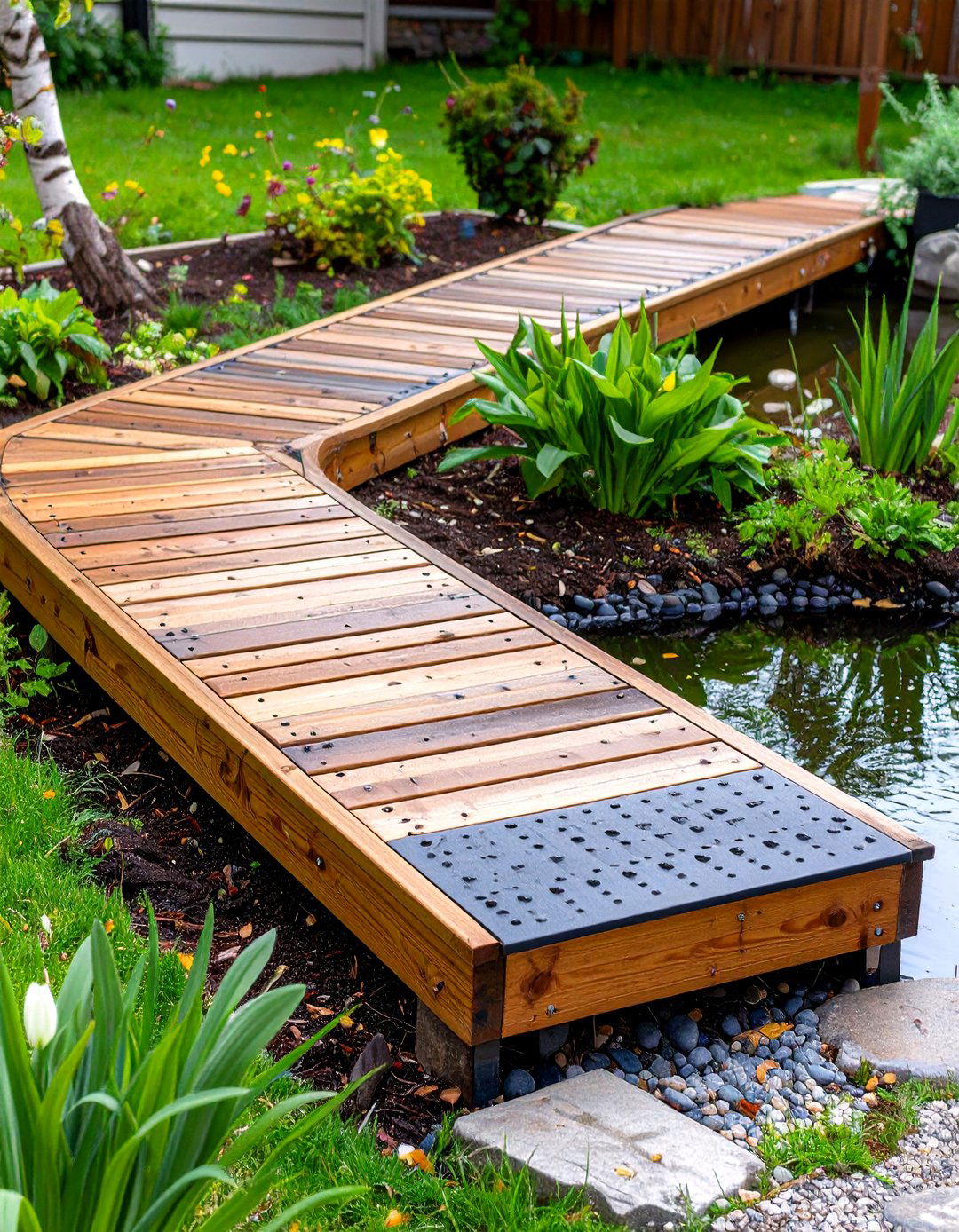
Although ducks swim gracefully, they can balk at steep ramps. Replace slick boards with a 60-centimetre-wide plank carpeted in coarse rubber or cedar slats spaced finger-wide for traction. The ramp should rise no more than one unit per four horizontal, so a 30-centimetre climb needs 1.2 metres of length. Soft steps cut into the bank further ease entry. Keepers who added gentle transitions observed that nervous ducks began using the pond within minutes, while previously timid flocks stayed dry. Seasonal power-washing prevents algae film that can send even sure-footed drakes skidding.
14. Swale-Linked Duck Pond that Fertigates Gardens

By integrating a duck pond into a contour swale, you create a closed-loop fertility engine. Drain nutrient-rich water through overflow pipework into downhill beds, letting gravity fertigate fruit trees and perennials. Gardeners have documented lush growth surges after applying pond water directly to root zones, though they caution against using overly fetid water on leafy greens near harvest. When heavy rains arrive, the swale captures runoff, reducing flood risk and recharging the pond from below. This synergy cuts feed costs, saves irrigation time, and mirrors natural wetland cycles ducks evolved alongside.
15. Ornamental Water-Garden Duck Pond for Curb Appeal
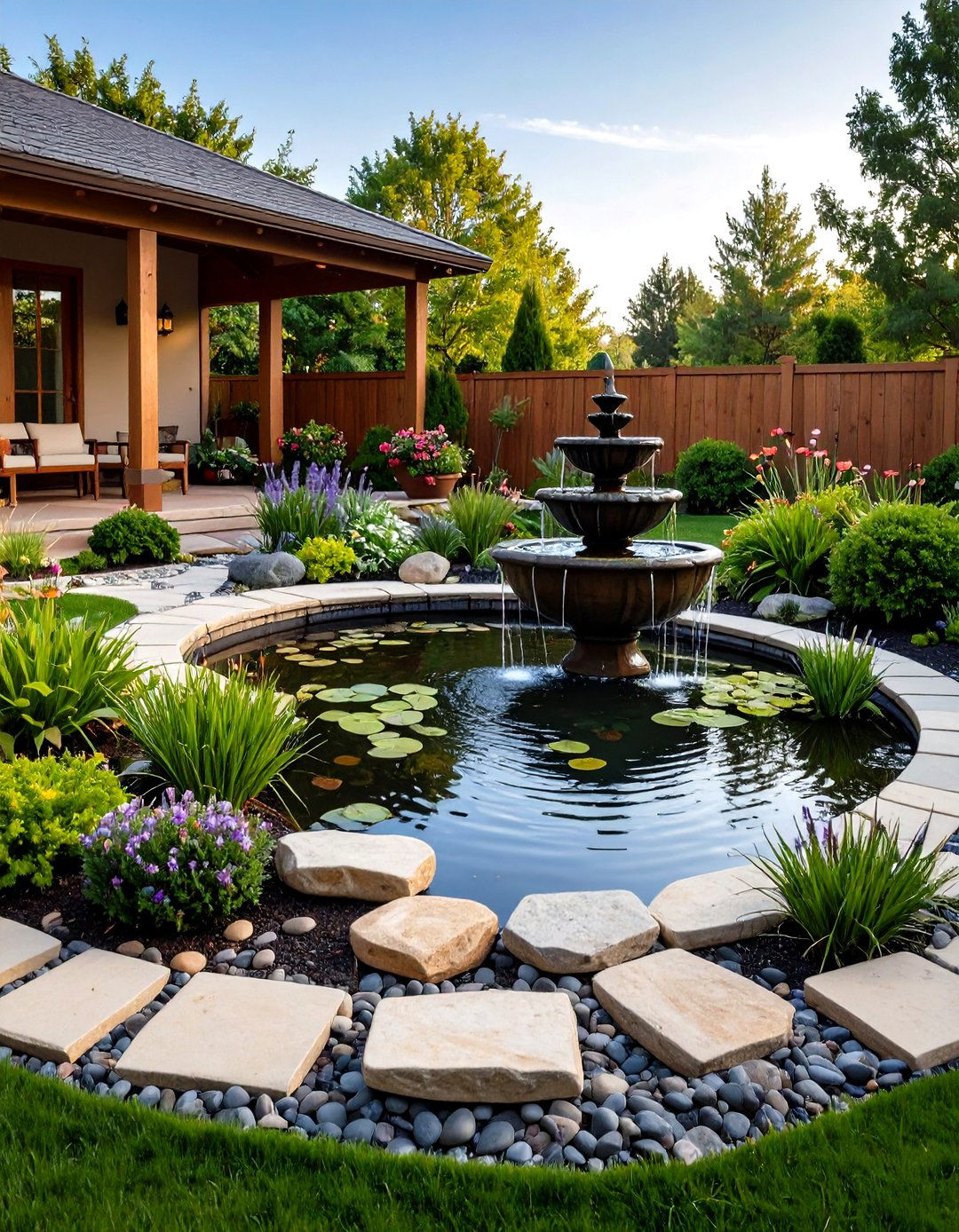
Looking to blend form with function? A duck pond styled as a water garden satisfies birds while becoming the focal point of outdoor living. Stagger flat flagstones around the perimeter, plant dwarf iris, and hide the filter return under a bubbling urn for soothing sound. Design guides note that decorative ponds thrive when utility gear—intake skimmer, UV clarifier, service hatch—is concealed behind tall grasses or a trellis. The result is a soundtrack of quacks and splashing that entertains guests, doubles as insect habitat, and elevates property value without compromising avian welfare.
16. Automated Overflow Duck Pond Irrigation System
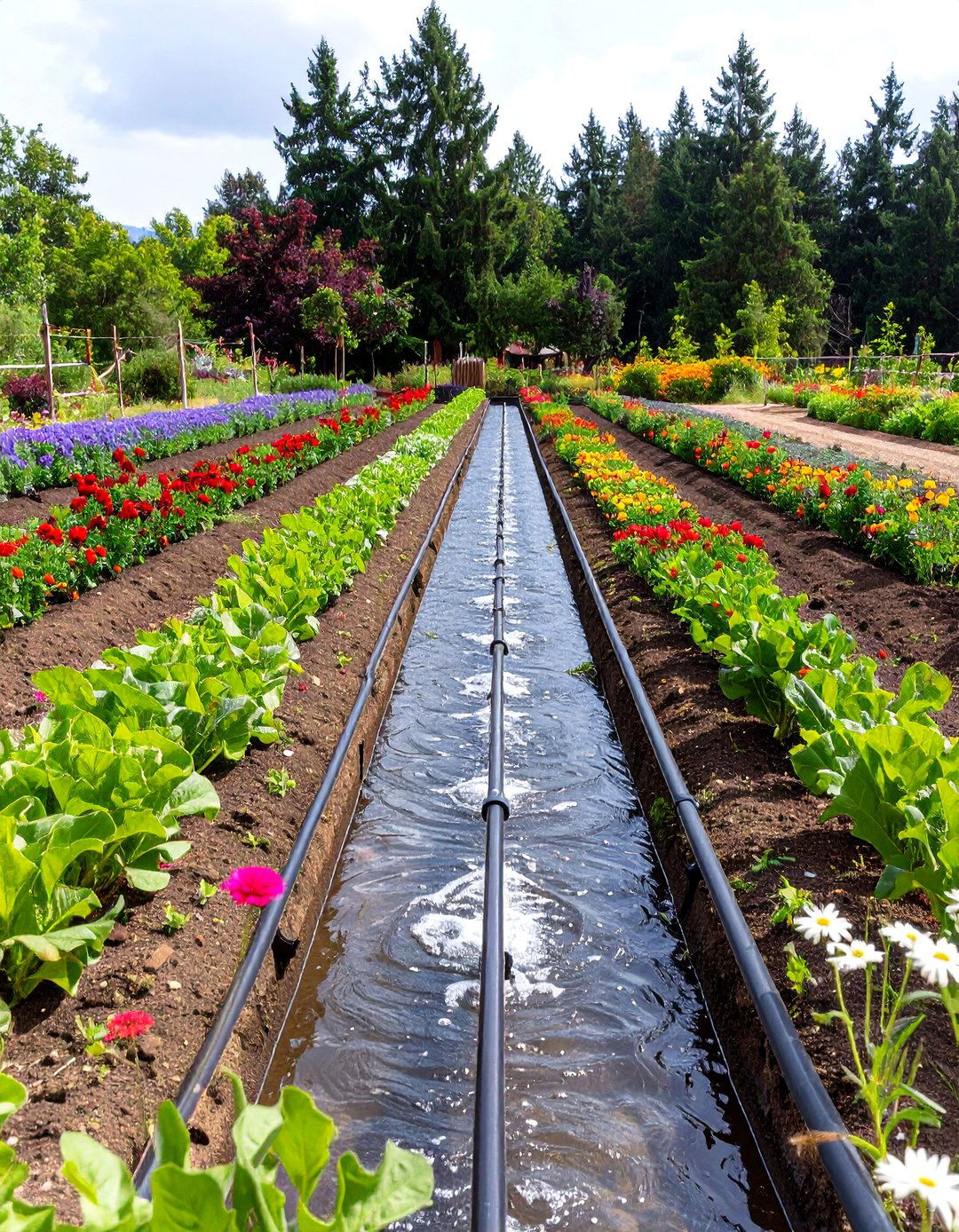
Take advantage of every drop by programming the duck pond to overflow into drip-irrigation lines. A float switch triggers a sump pump once water reaches a set height, sending nitrogen-rich water through buried tubing onto vegetable rows. Backyard growers report steroid-sized lettuce and vigorous rhubarb after one season, attributing gains to the steady trickle of diluted manure. Allow a 48-hour withholding period before harvest and flush lines occasionally with clear water to prevent sludge buildup. The scheme reduces fertilizer bills and recycles what would otherwise be discarded during pond clean-outs.
17. Beneficial Bacteria Program for a Healthy Duck Pond
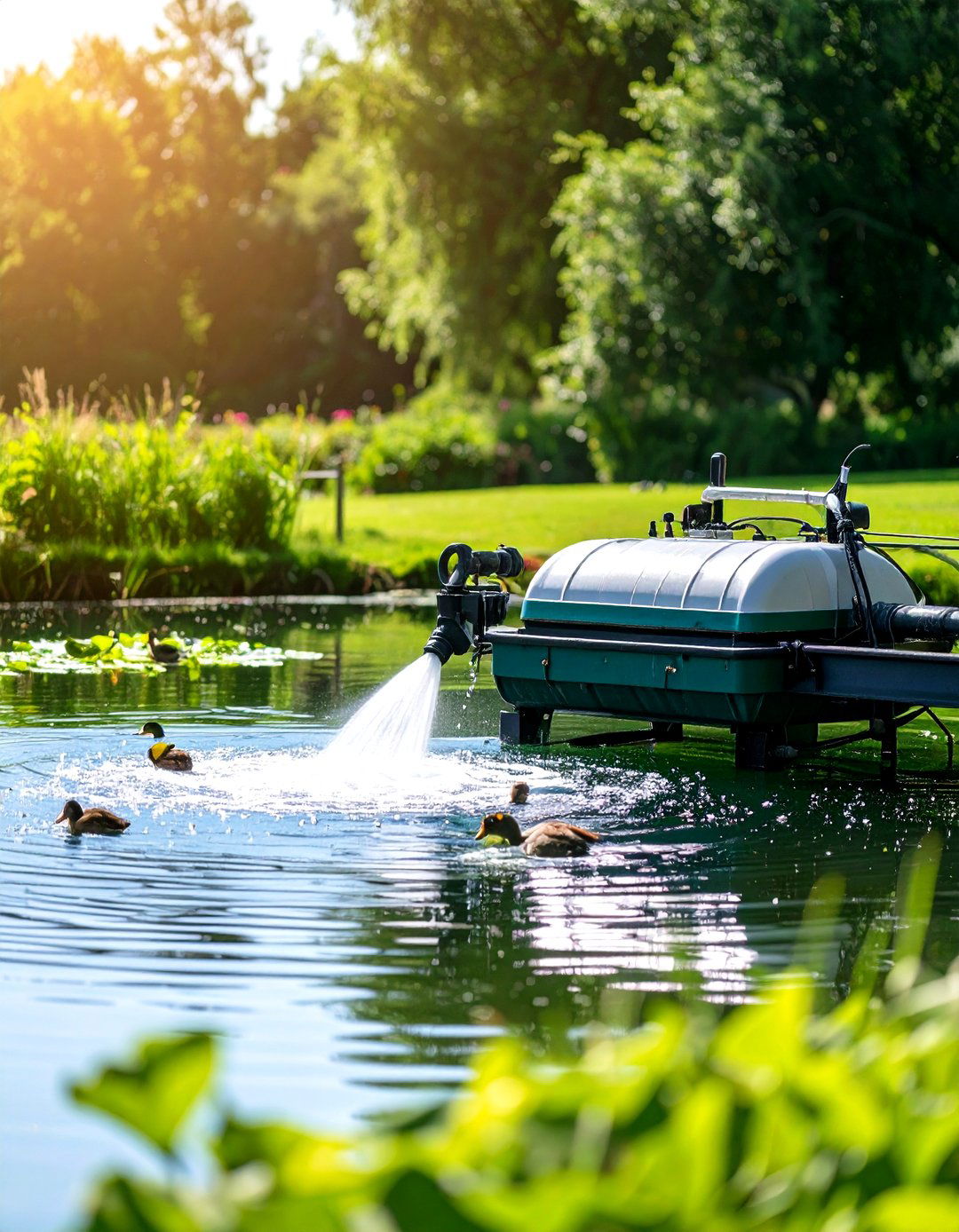
Biological balance is the secret engine of an easy-care duck pond. Introduce probiotic blends containing nitrifying bacteria, or seed the water with mature filter media, to jump-start ammonia conversion. Supplement with periodic doses of bacteria pellets that digest sunken muck and feathers. Manufacturers and extension agents report measurable drops in turbidity and odour after two weeks, especially when the pond is aerated and overfeeding is reined in. Combining natural bacteria with mechanical filtration costs less long-term than relying on repeated chemical algaecides.
18. Multi-Depth Duck Pond Encouraging Natural Behaviors
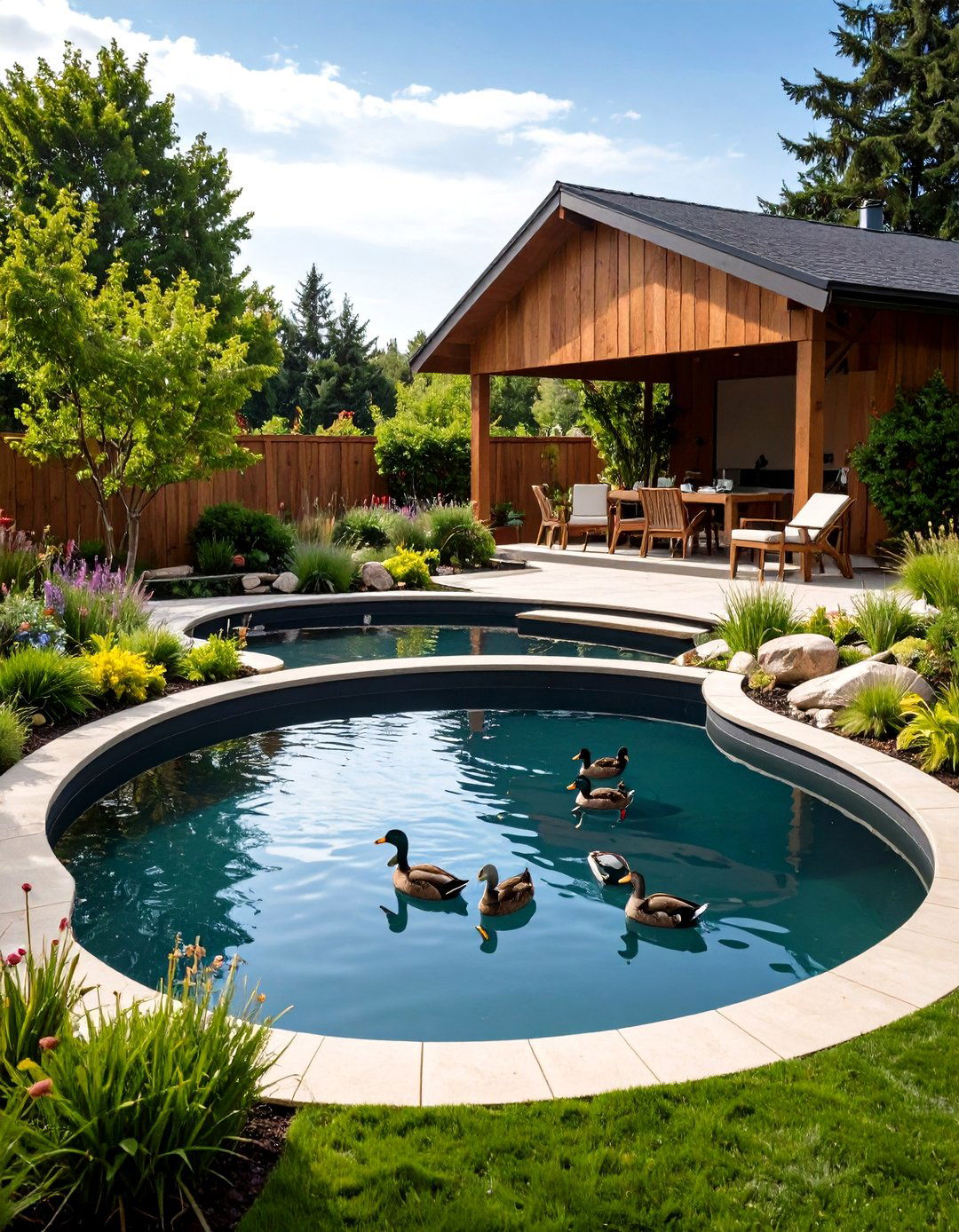
Giving a duck pond varied depths encourages natural behaviour and maintains water quality. Create shelves at 15 centimetres for dabbling, mid-zones around 45 centimetres for diving, and a deep sump at 90 centimetres where heavy waste can settle for easy vacuuming. Shallow ledges warm quickly, inviting aquatic plants that consume nutrients, while cooler deeps stabilise temperature and discourage blanketweed. Depth variation also spreads wear on banks, avoiding the muddy soup that forms when flocks stand in one corner all day. Use excavated soil to build viewing mounds or garden beds nearby.
19. Solar Light Defenses for Night-Safe Duck Pond
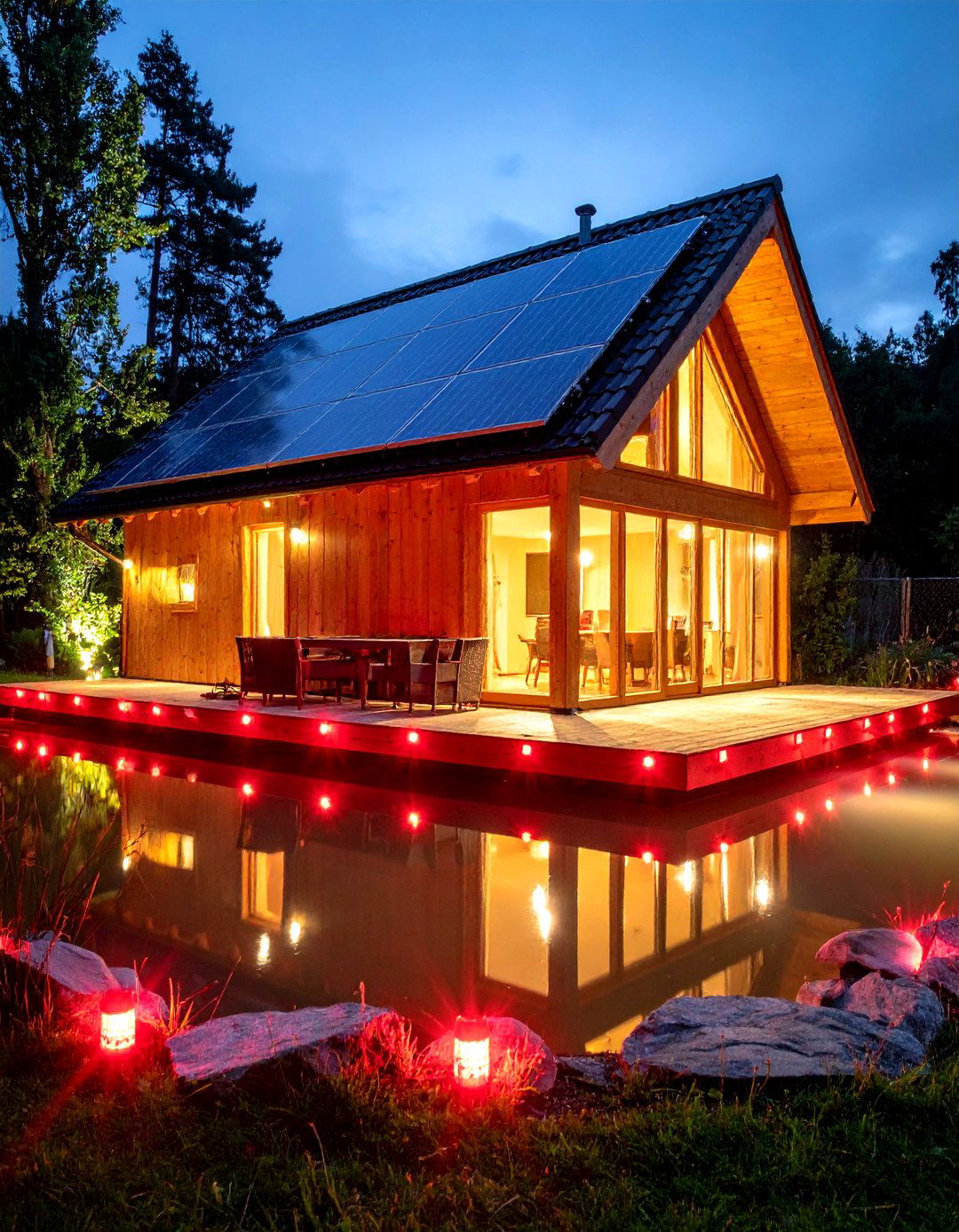
Night-time predation peaks around midnight, yet a simple solar predator-deterrent light can tilt the odds. Mount flashing red LEDs at fox eye level around the duck pond or on the floating house roof; irregular pulses mimic another animal’s watchful gaze. Keepers who implemented the lights recorded immediate disappearance of reflective eyes on trail cameras and no further losses after several weeks. Combine lighting with secure fencing and prompt removal of feed to create a layered defence that lets the flock roost calmly till dawn.
20. Micro Urban Duck Pond for Compact Spaces
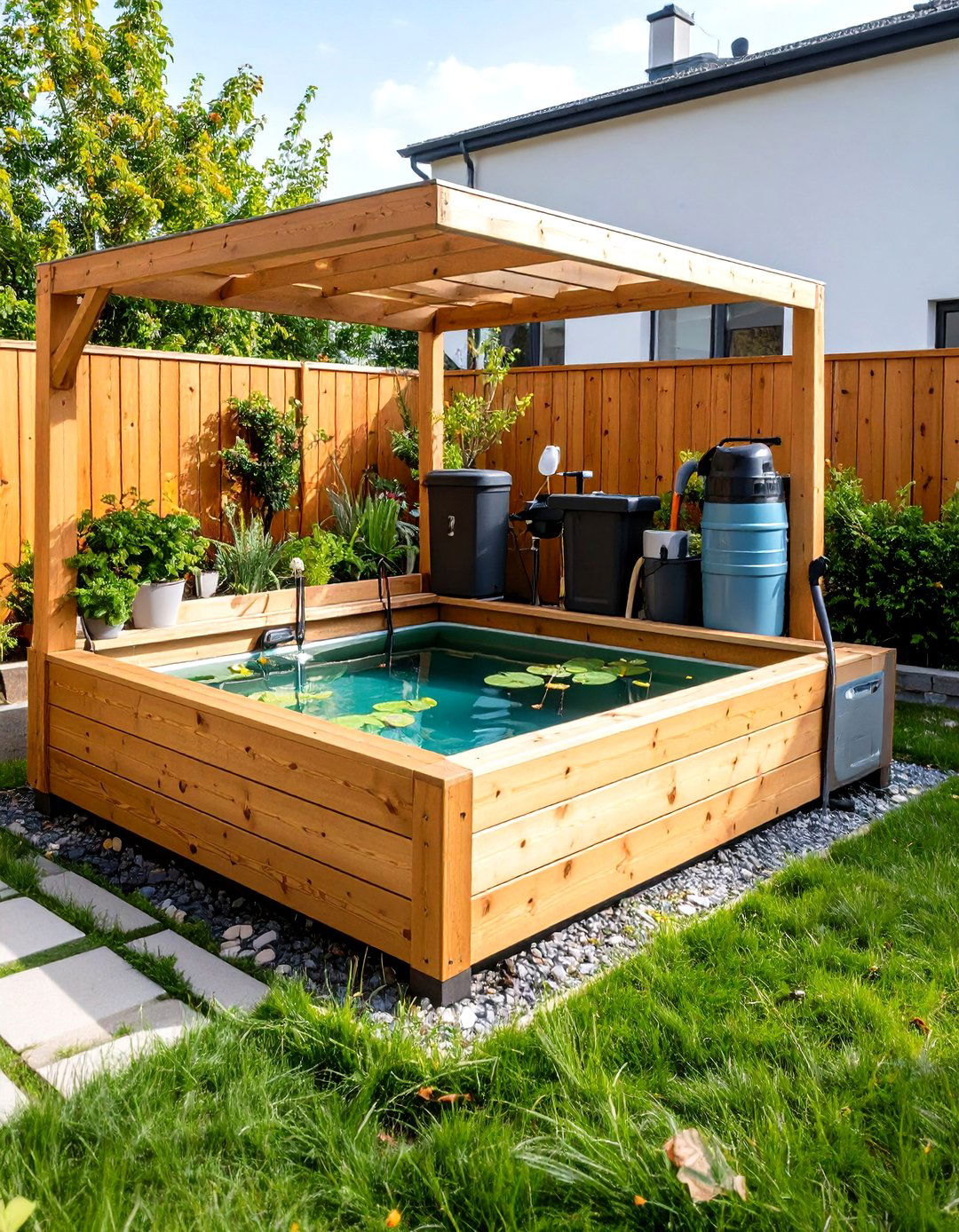
City dwellers short on room can still spoil their birds with a micro duck pond. Repurpose a child’s eight-foot paddling pool, reinforce the sides with a decorative wooden frame, and stash a compact solids-handling pump plus filter box beneath an adjacent bench. Weekly partial water changes of ten to twenty per cent keep nutrients in check, while a shade sail over the pond limits summer algae blooms. Hobbyists following this routine note that even two Pekins in a postage-stamp yard enjoy regular swims without overwhelming neighbours with odour or mosquitoes.
Conclusion:
Thoughtfully designed duck ponds reward keepers with cleaner water, happier birds, and landscapes that hum with life. Whether you choose a no-dig frame, a clay-sealed basin, or a solar-filtered water garden, the essentials are the same: gentle access, robust circulation, balanced biology, smart integration with your yard, and unwavering safety. Implementing even a handful of these ideas can slash maintenance hours, conserve water, and enrich soil fertility, all while offering your flock a daily spa they eagerly rush toward. Step outside, test the water, and let innovation keep both pond and birds in perfect harmony.


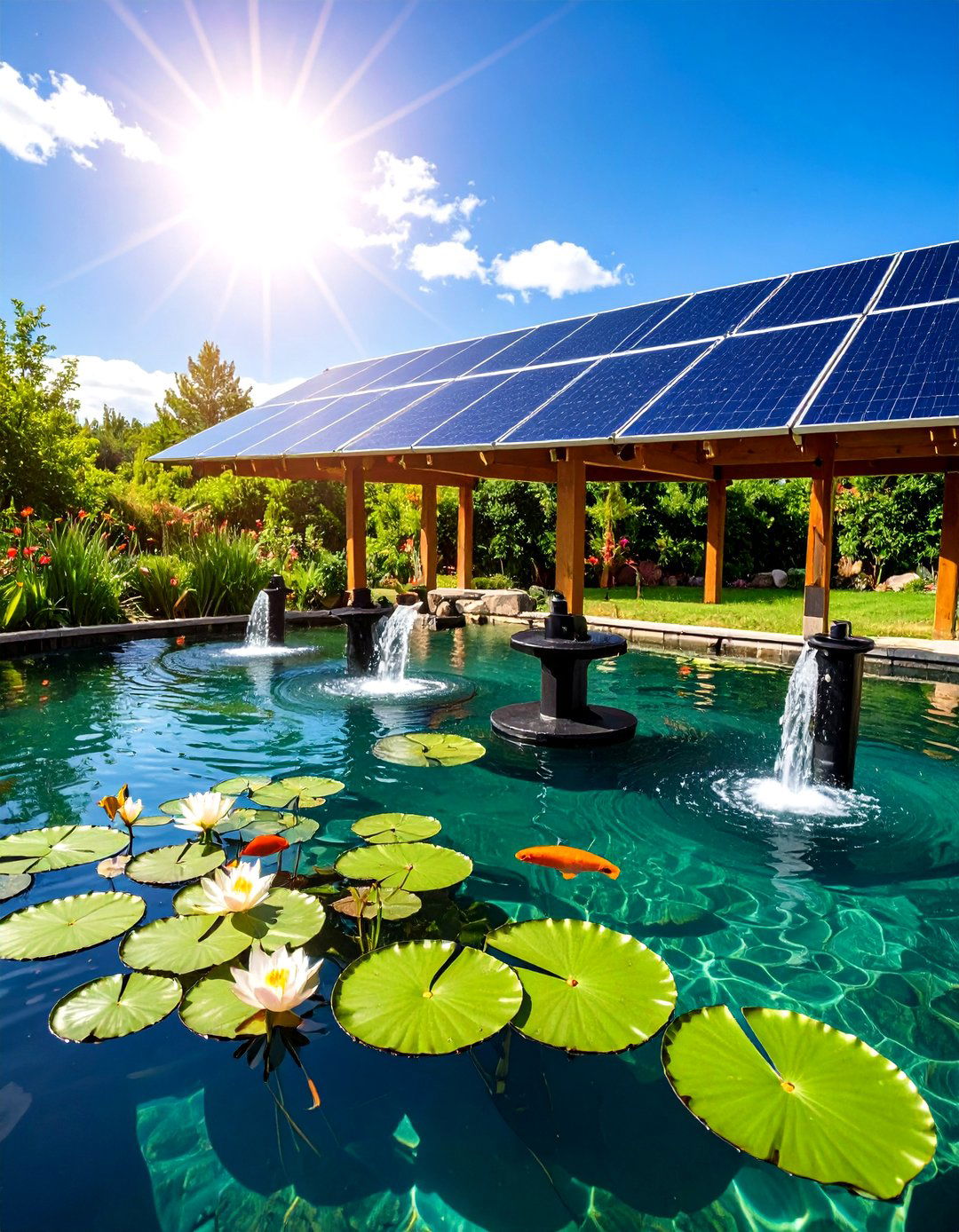
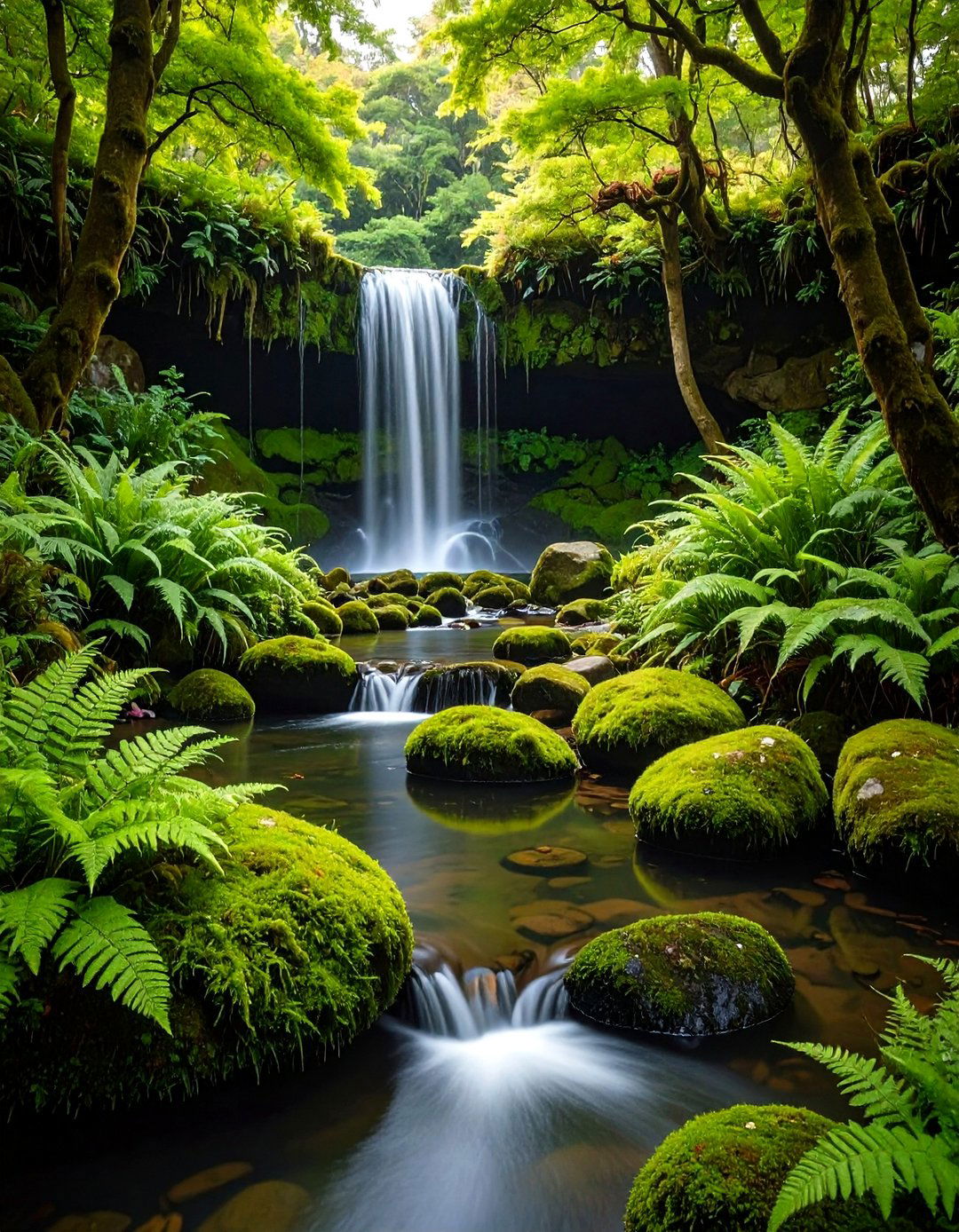
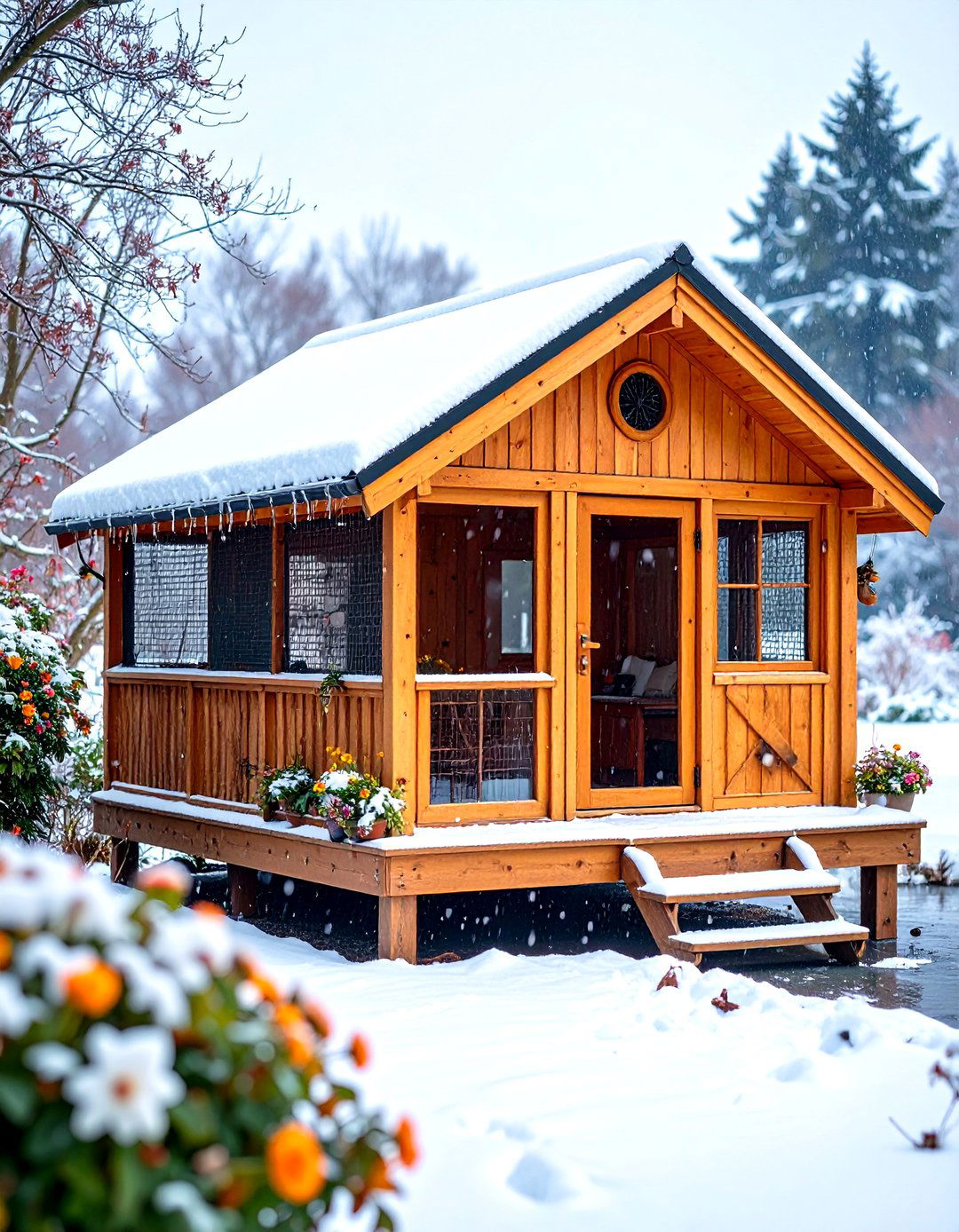

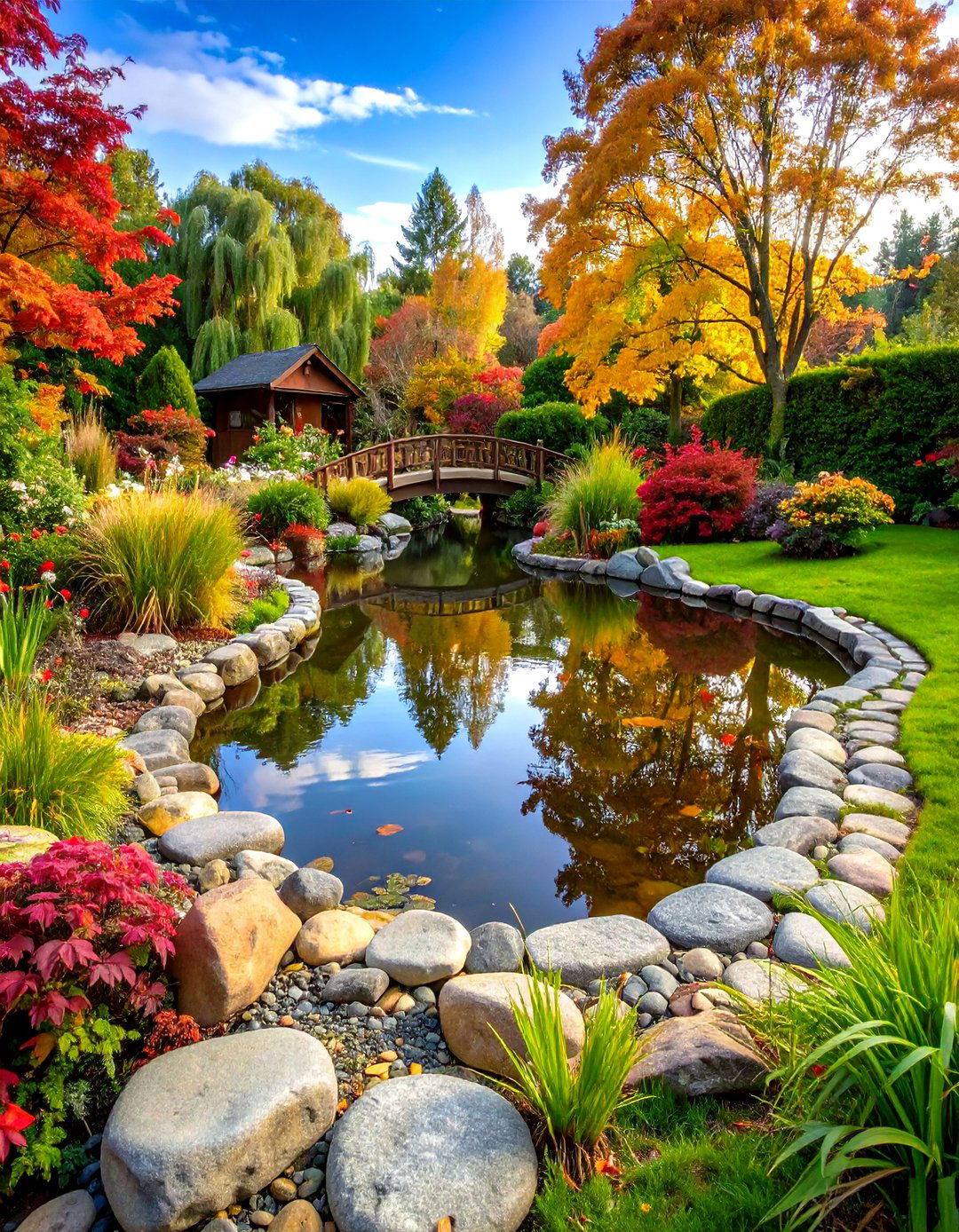
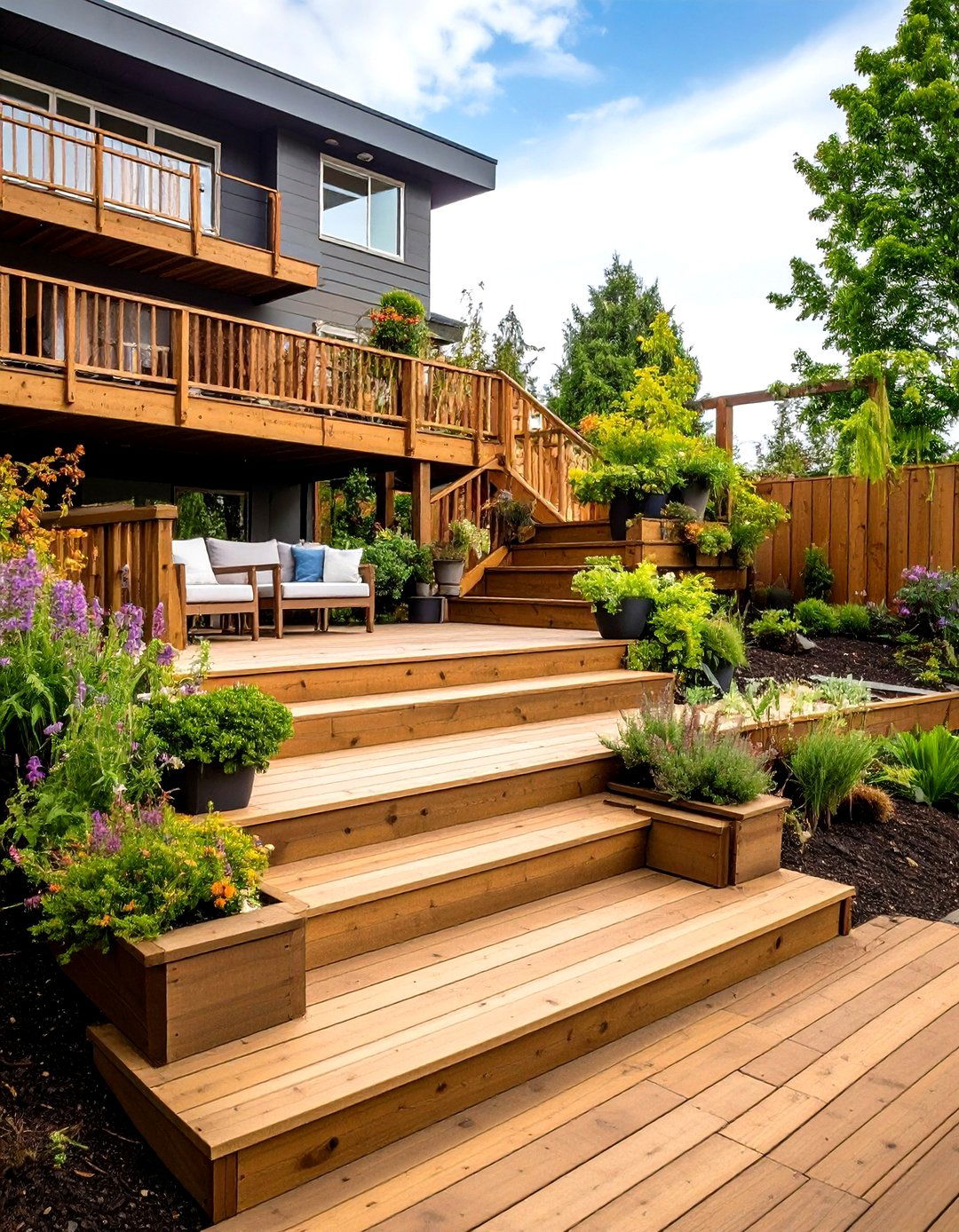
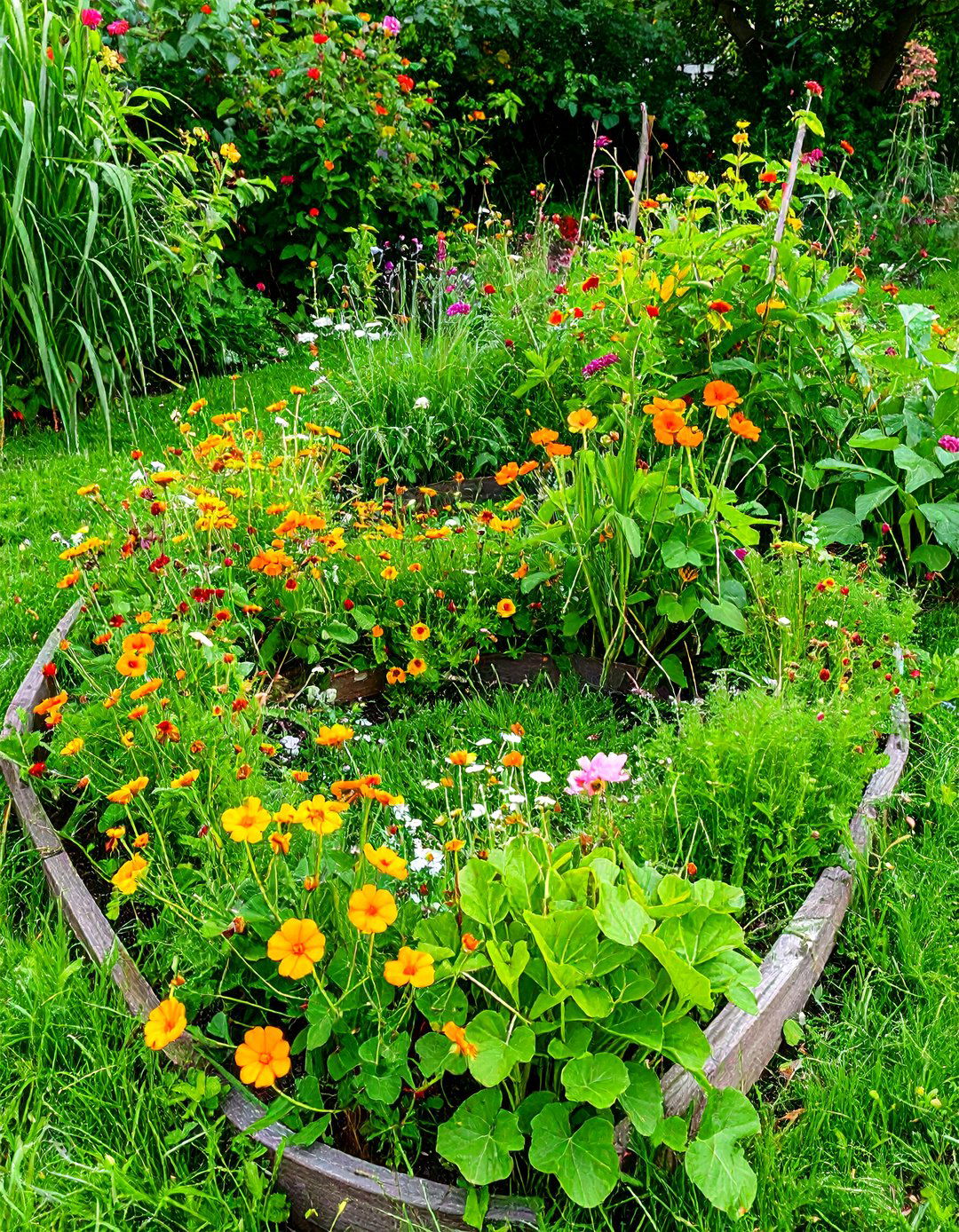
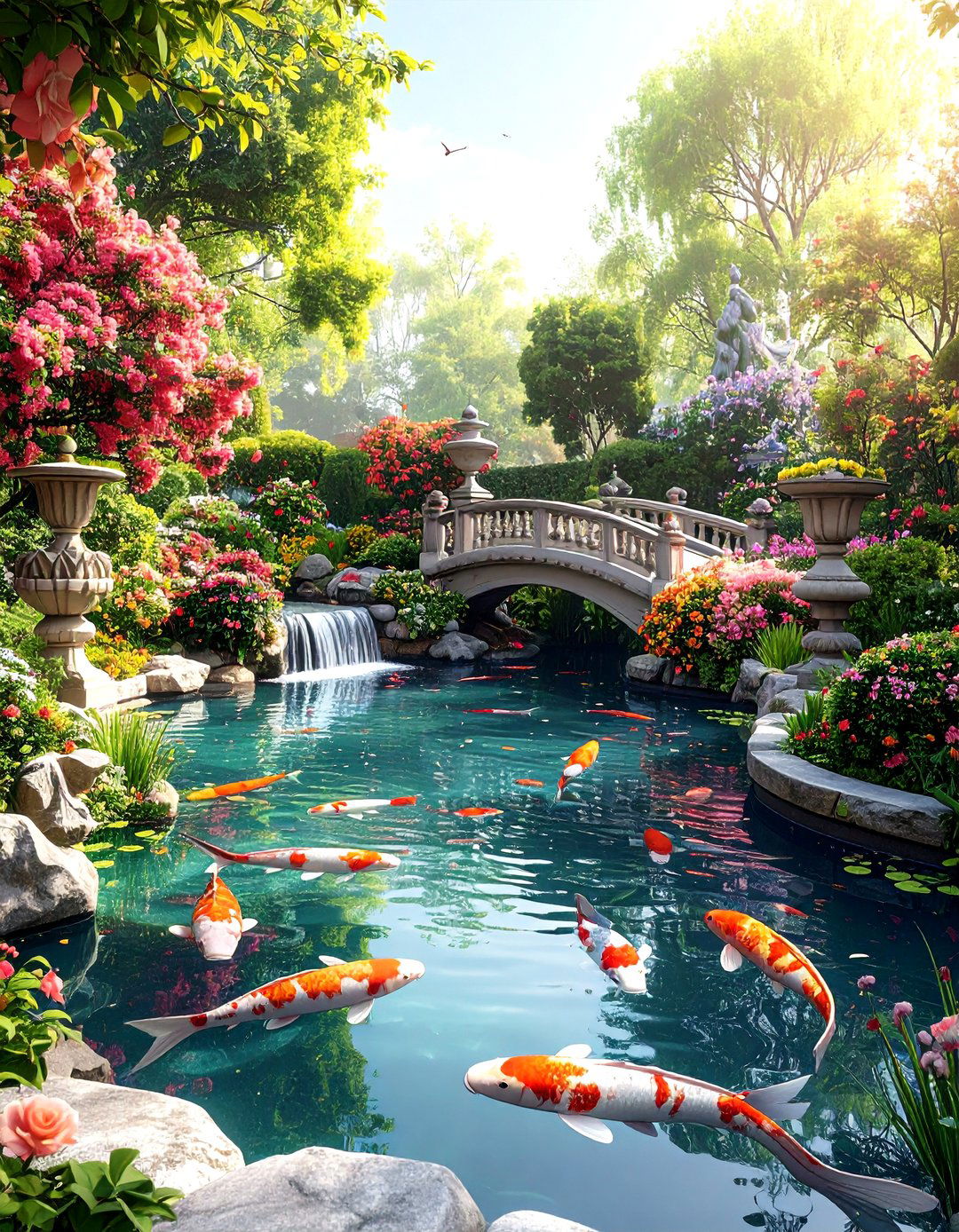
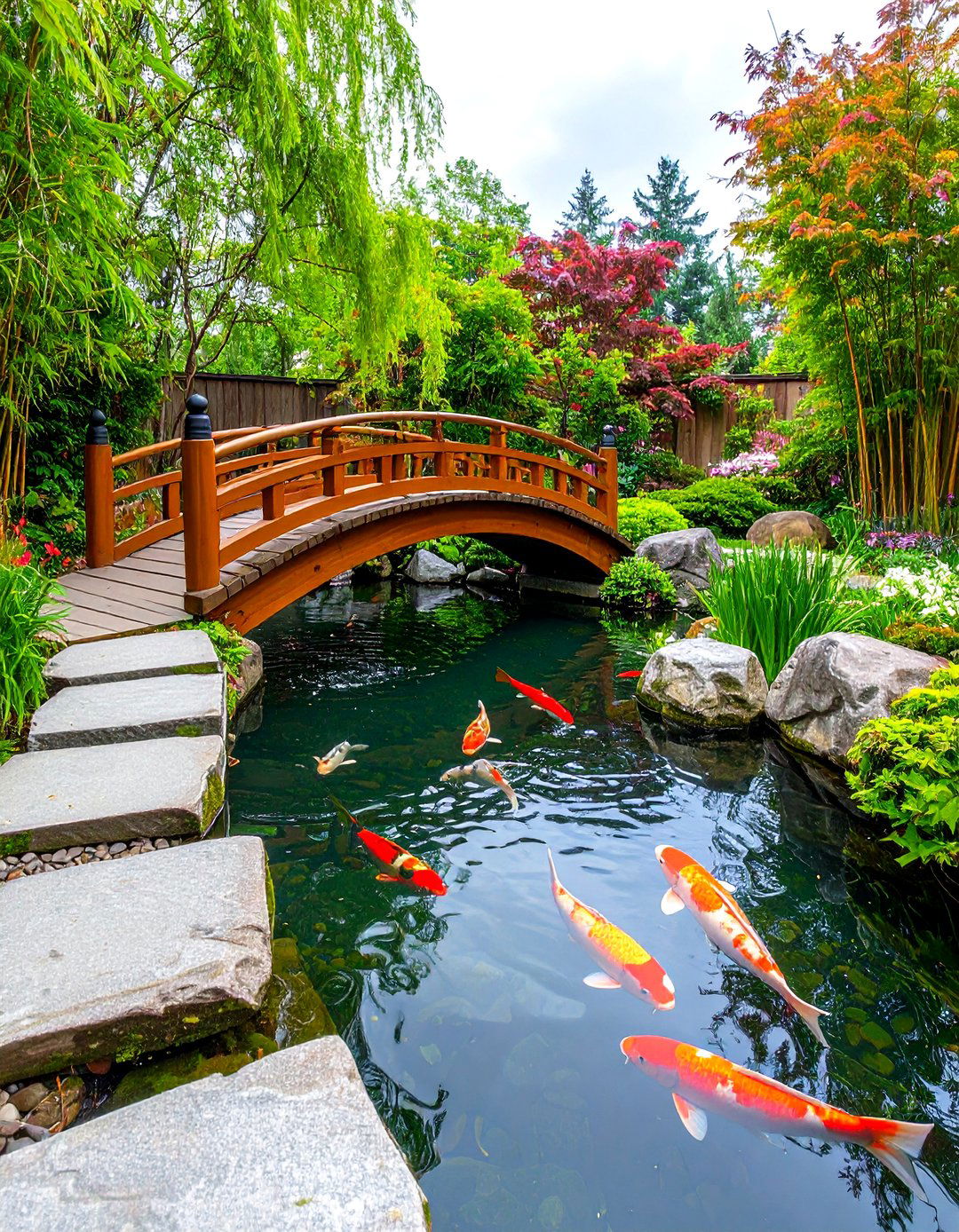


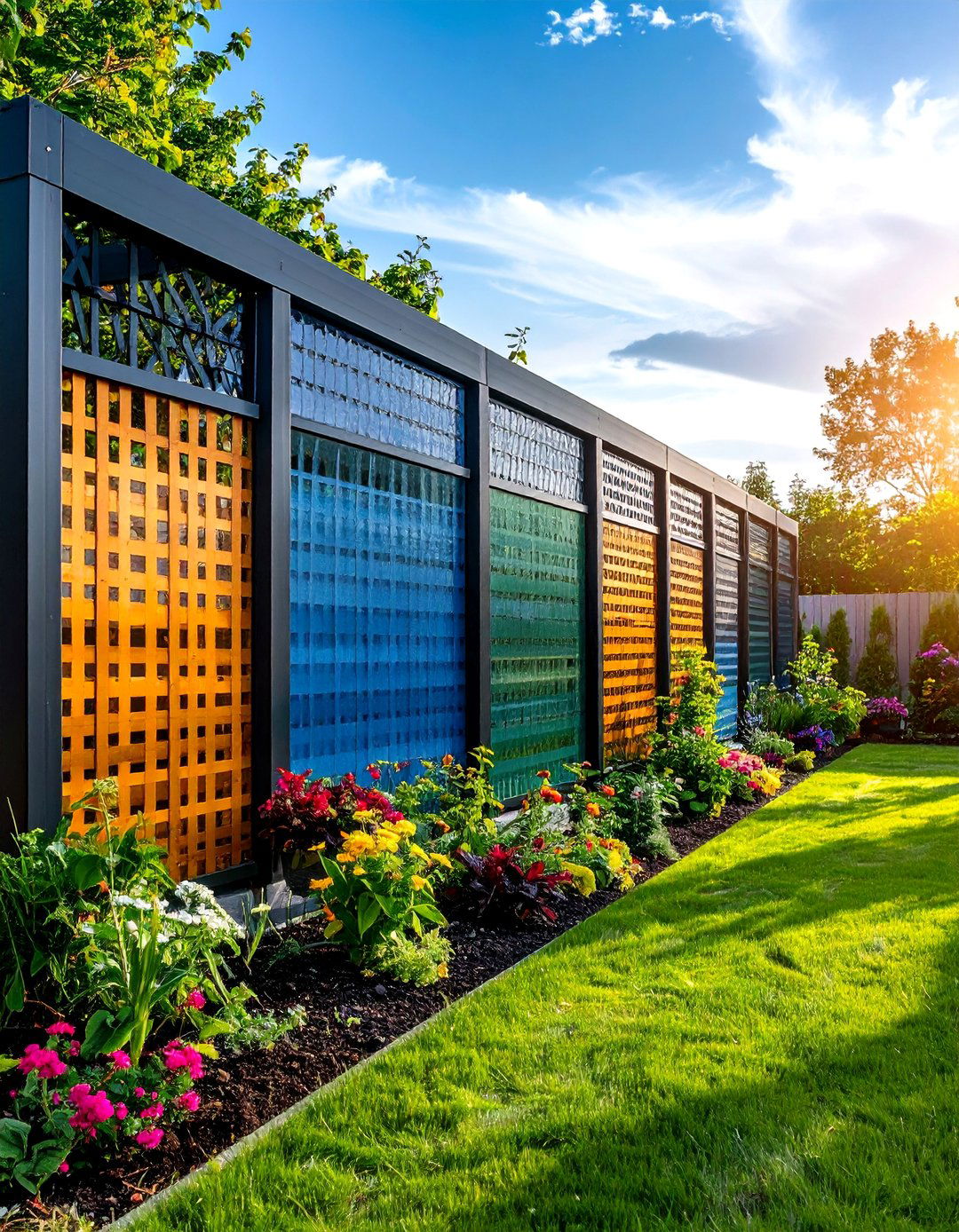
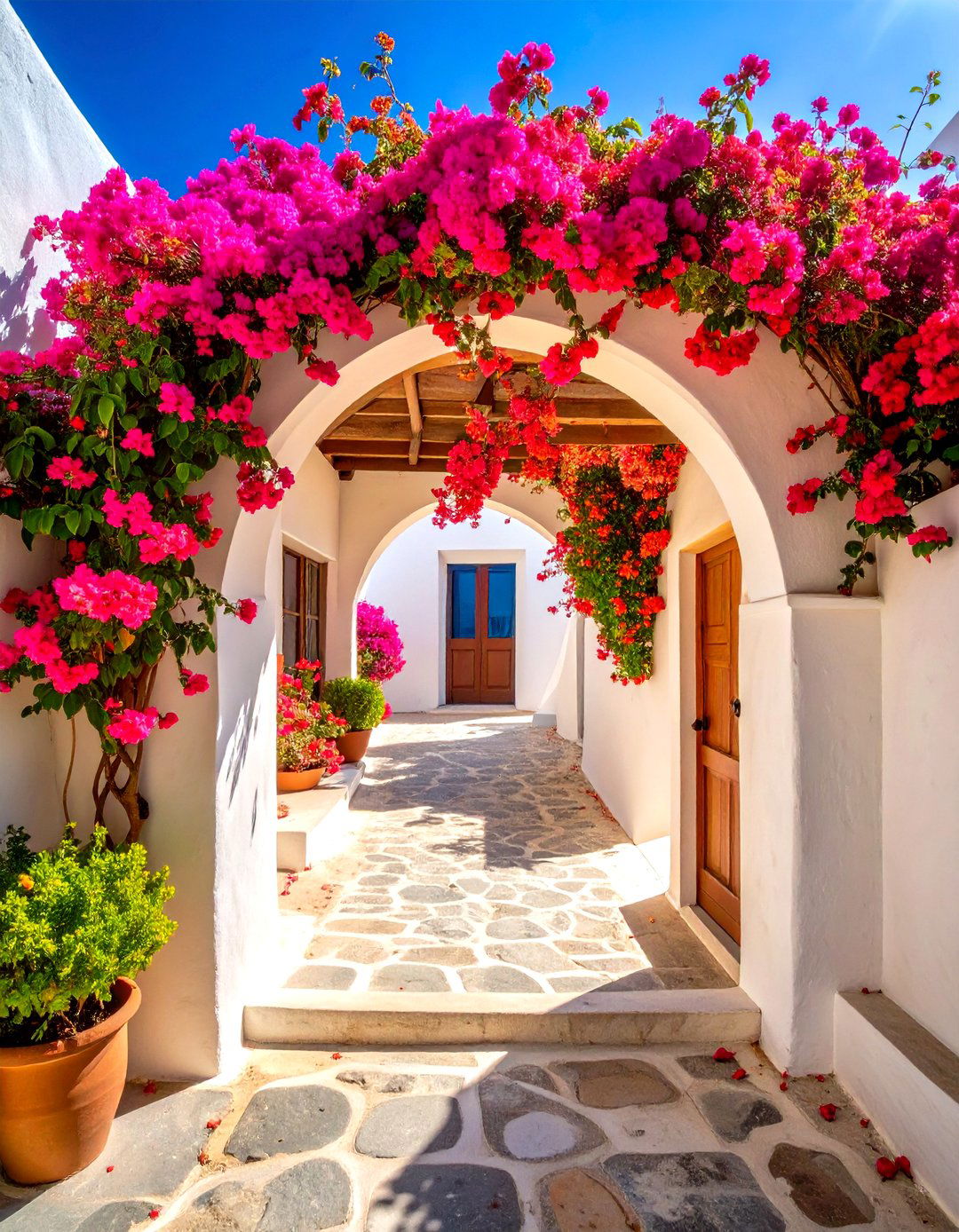
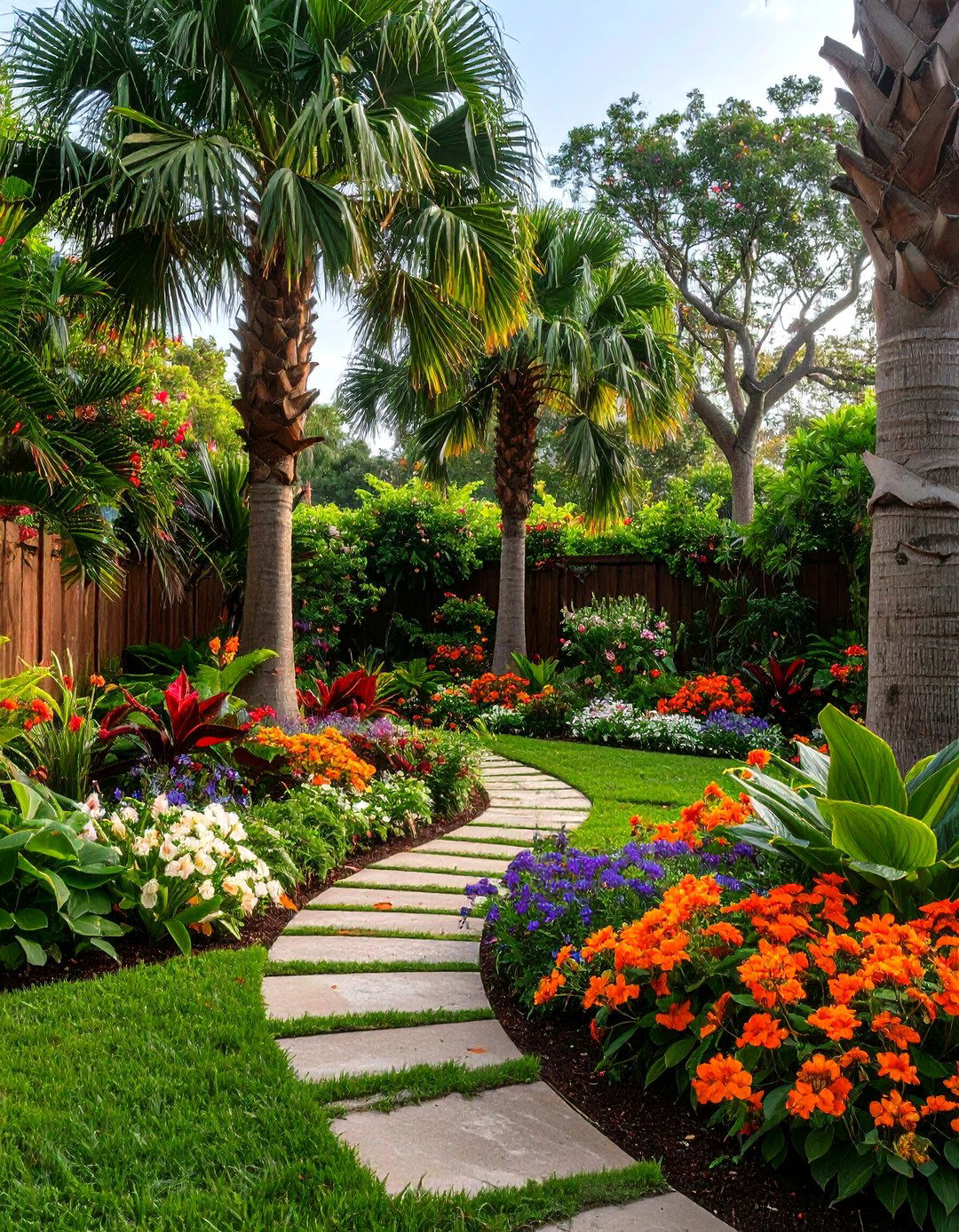

Leave a Reply